lumen, 2018-2020
Fraction/break-in of the image
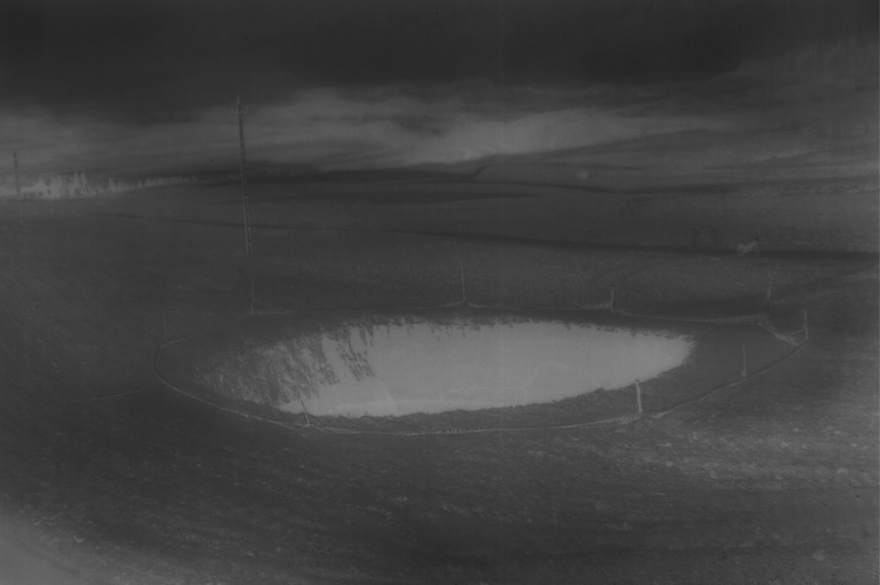
The Lumen series by Pooya Abbasian offers a particularly original visual experience and technique. It requires meticulous attention, perhaps a moment of visual pause. Immediately these images question us through their spectral presence, at the limit of the visible, as a consequence of their fabrication process, their genesis. They result in fact from a video projection made on photosensitive paper, itself scanned, before the evaporation of the image-trace left by the projection, in order to make an image-imprint of it, which the artist finally fixes by printing it on a plexiglass support – the final support being in turn conducive to a series of reflections, dissensions and visual dilations.
So from the power of the initial video projection, to the sensitivity of the paper that captures its trace, passing through the printing technique on plexiglass, each of these factors adds a potential track to capture the image and at the same time blurs our real possibilities of finding a path towards it. The image as point of origin or point of departure mutate to become a sort of moving sand or magnetic fields, whose fragile crystallization “exposed” here can take on a new value: that of an image that is both material and immaterial and which is nevertheless stated before us like a sculpture (not fixed to the wall) or a body in space, at the limit, totally decontextualized from the technical ecosystem that saw it born.
The latter can be linked as much to Man Ray’s rayographs as to Duchamp’s Grand Verre, or even to Stan Brakhage’s cinema, while questioning the current conditions of visibility and image storage, within the big data economy. Pooya Abbasian opposes his images – sublime residues, rejections or even counter-data – to the hegemonic structure of what is visible online. This “accursed share” of the digital image, soon to be promoted to the rank of art, in the same way as the Lumen do in front of us, is expressed through unfathomable and unidentifiable images for the production system in which they are yet produced – it is the part of controlled or repeated chance that the artist leaves to the machines he uses such as video projector, scanner, printer etc. We almost forget that a documentary image of the explosion of an oil tanker or a crater of drought in Iran was at the origin of the emanation or the visual smoke which escapes in front of us; like the laughing gas that is now escaping from the Arctic as a result of global warming.
Ultimately, it seems that the image develops through fragmentation – for an image inscribed in space, a thousand other images can literally be born – and break-in – through dependence and emancipation, even diversion operated upon a visual economy that dominates our modes of perception and our cognitive patterns. In times characterised by a constant visual and multimedia stimulation, it seems that this work addresses precisely our hyper-fragmented memory. Pooya Abbasian’s Lumen operate at a point of entanglement, in tension between intimate and personal memories and the memory of “found” or “captured” images (online, in the media, around us …).
Morad Montazami
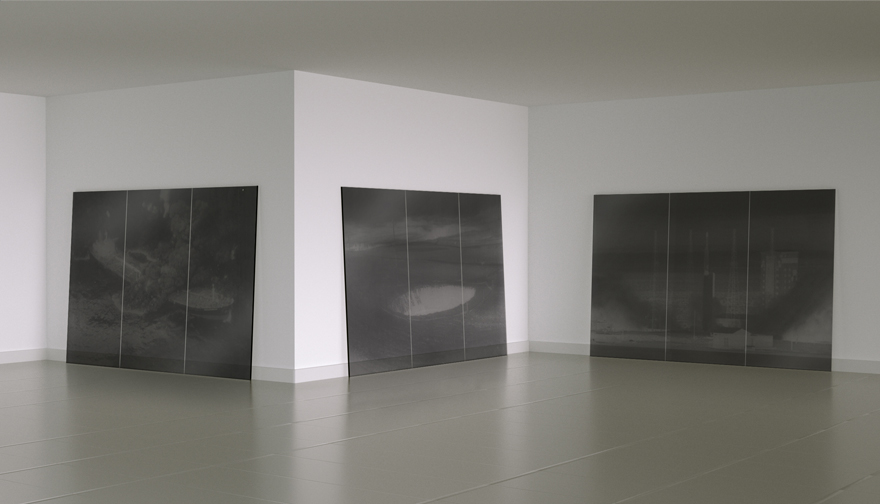
Installation of 9 plexiglass sheet(each 180x90x12 cm), Vidéogram UV reprinted on transparent plexiglass, 2020.
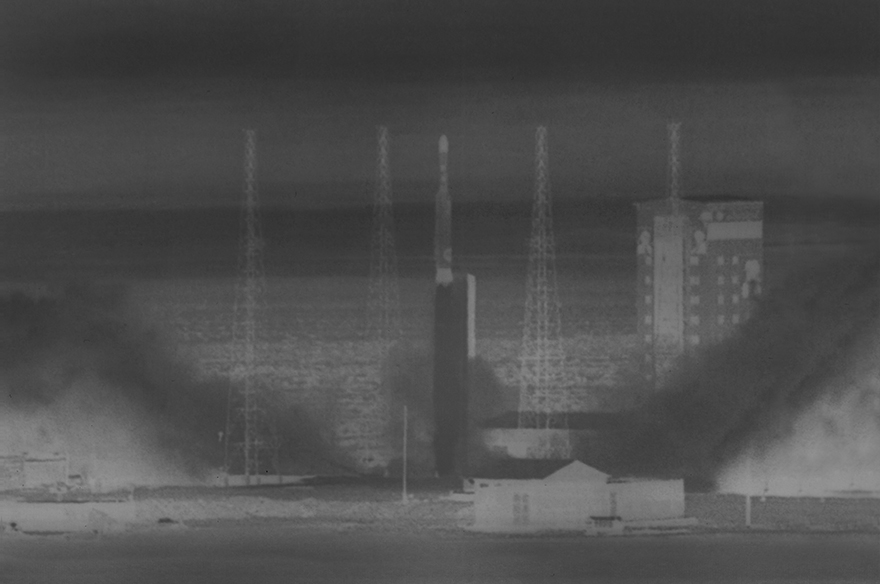 To launch satellite into orbit, print on plexiglass, 270×180 cm, 2019.
To launch satellite into orbit, print on plexiglass, 270×180 cm, 2019.
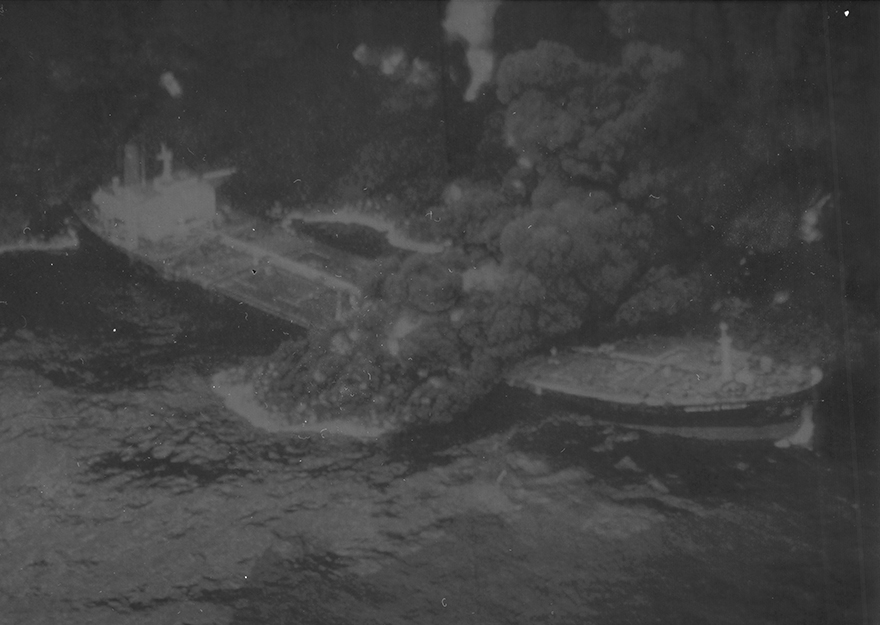 Sanchi, print on plexiglass, 270×180 cm, 2019.
Sanchi, print on plexiglass, 270×180 cm, 2019.
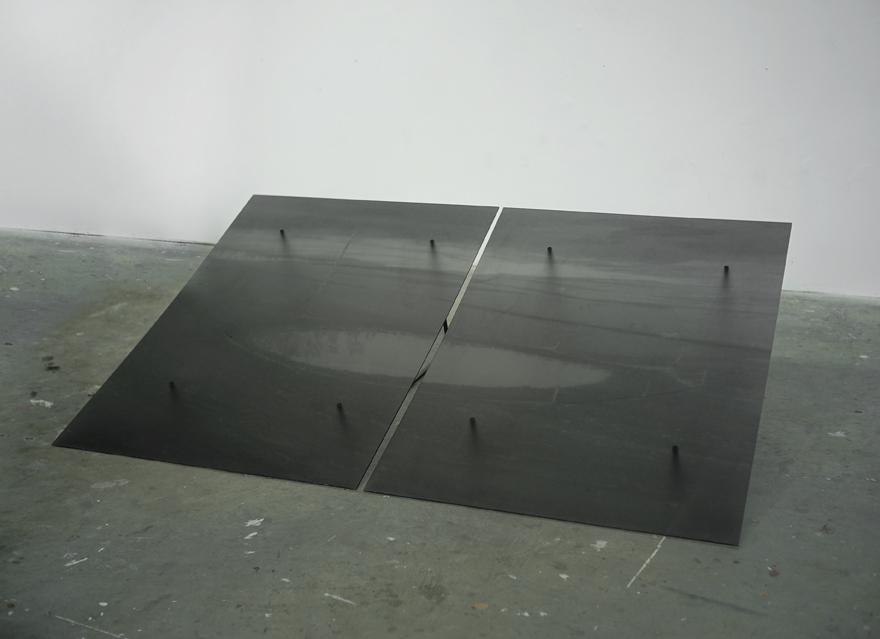
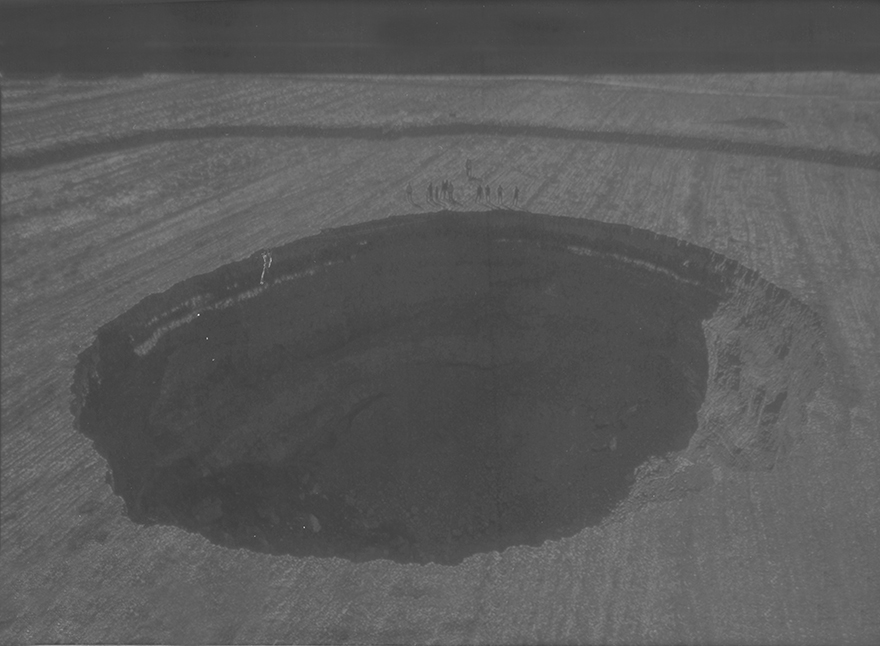
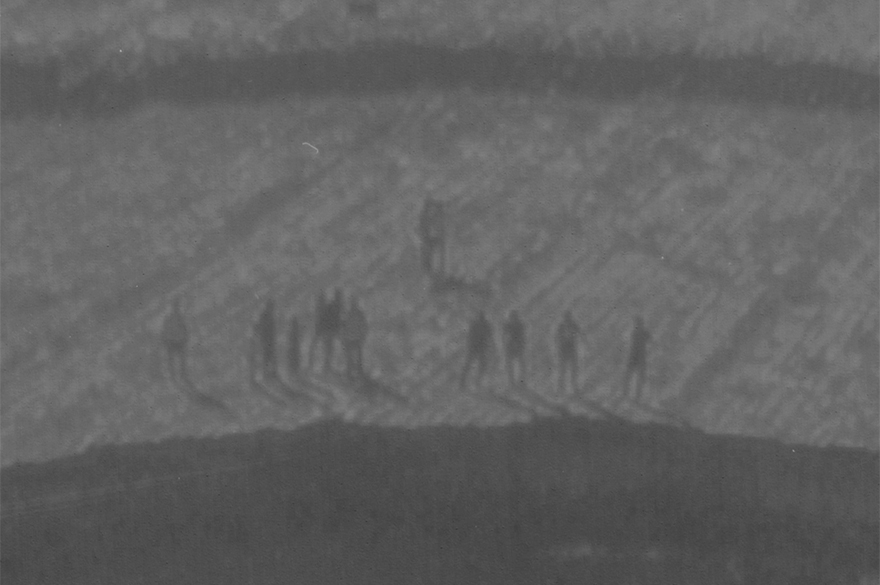
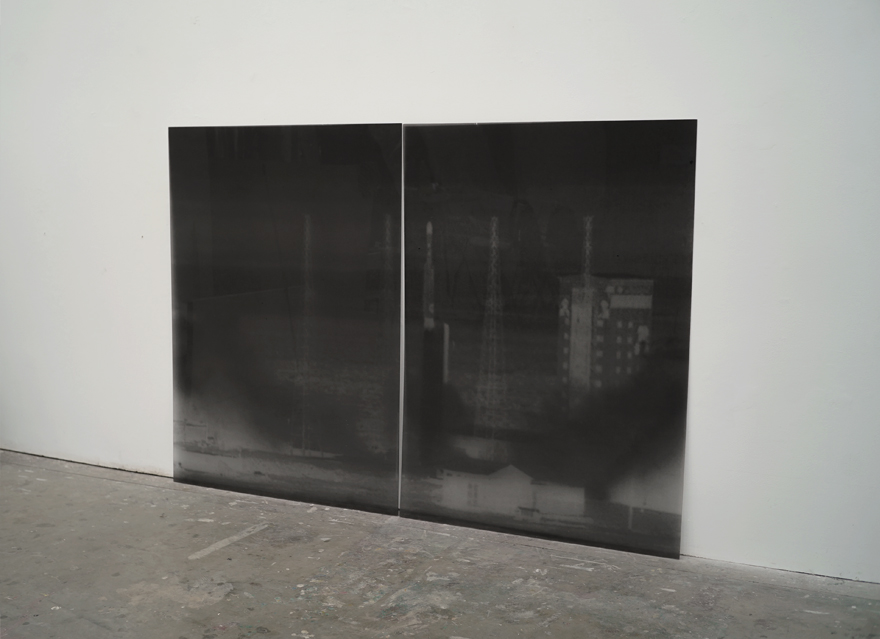
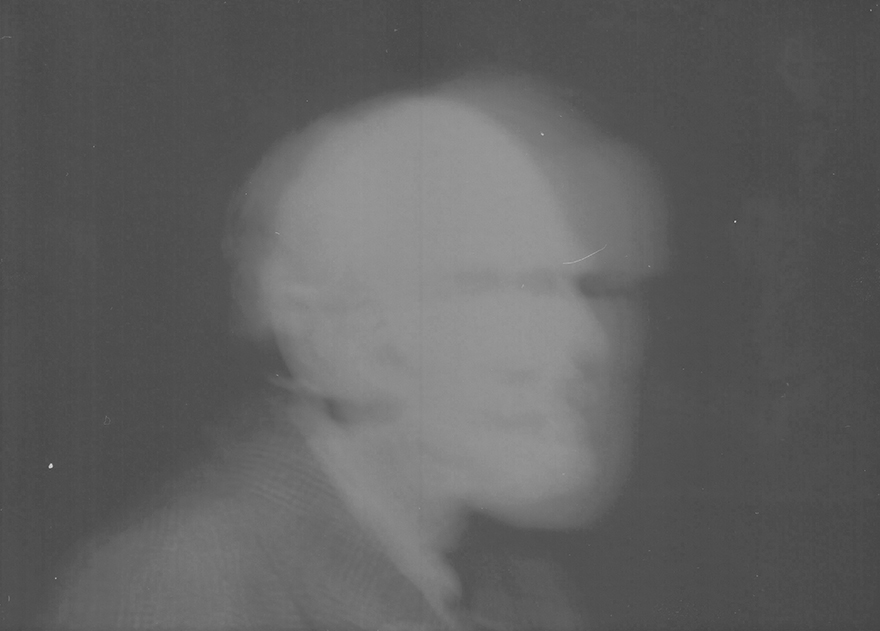
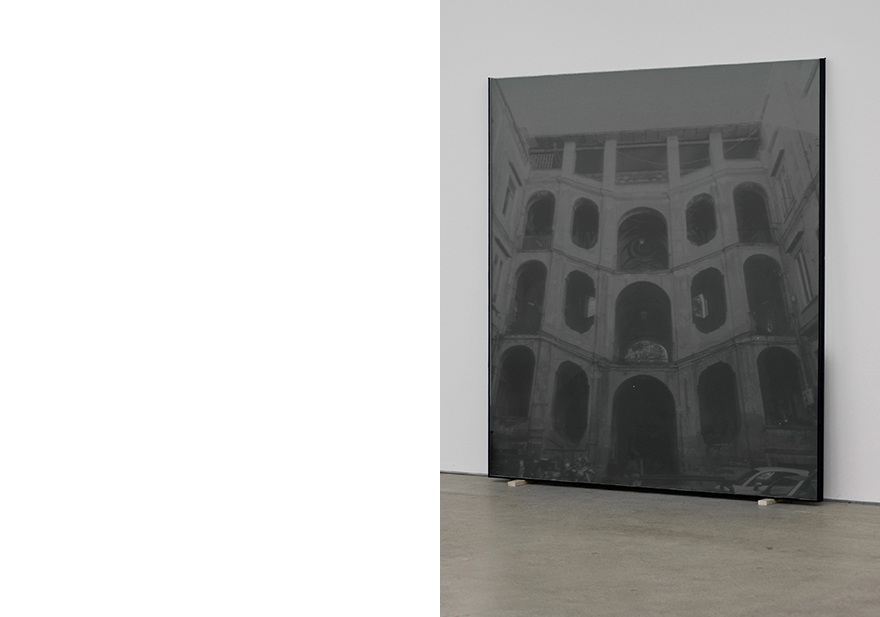
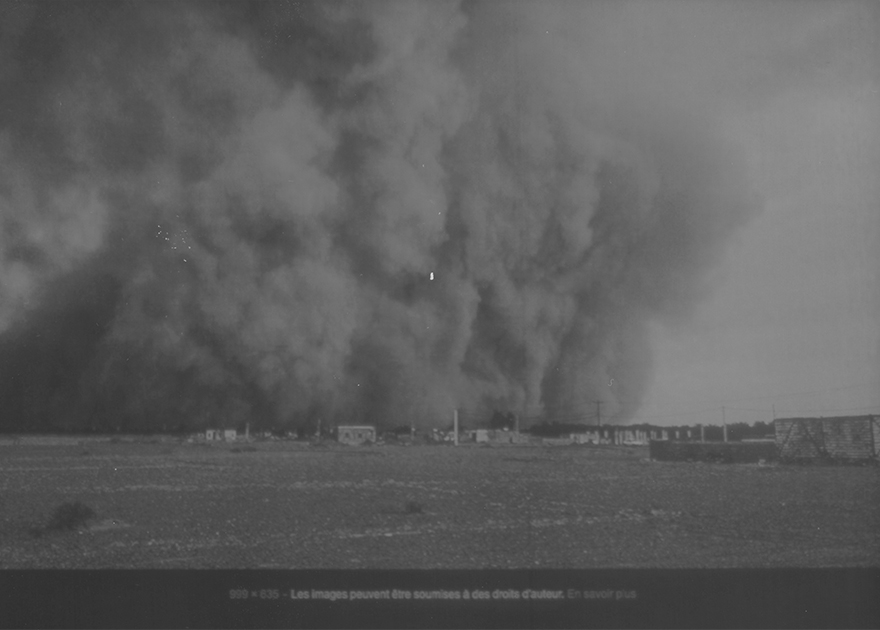
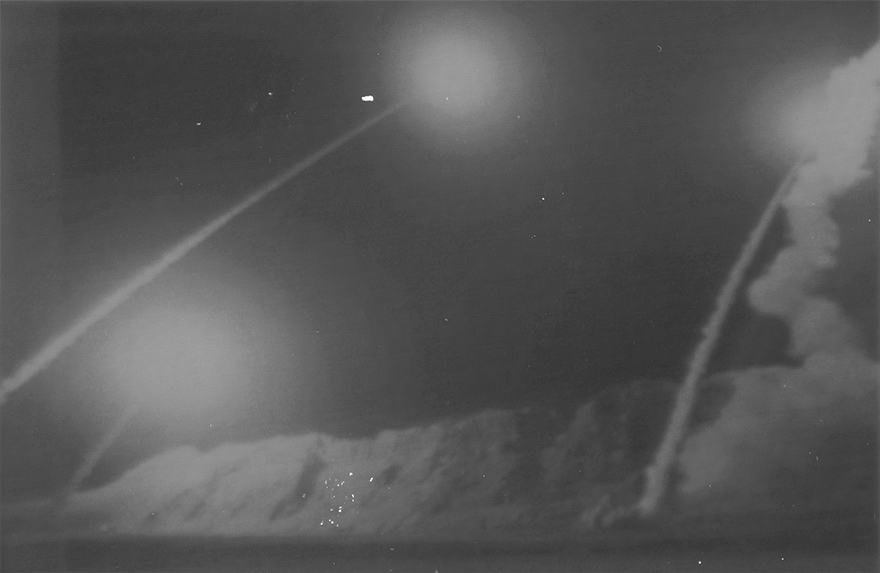

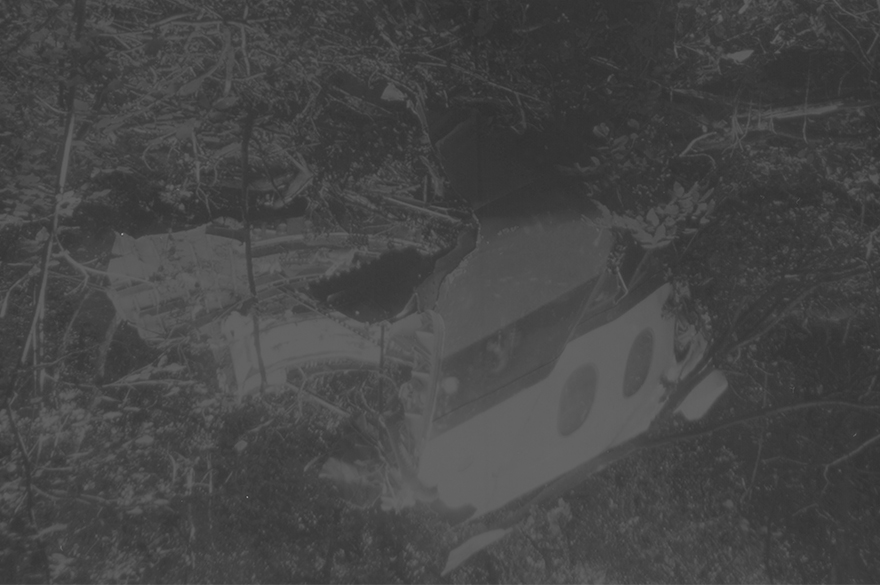
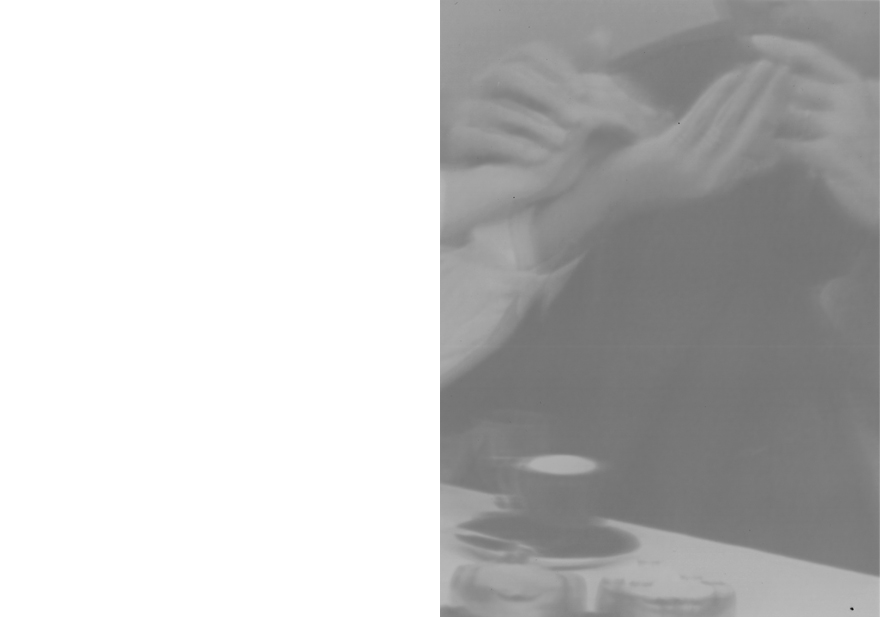





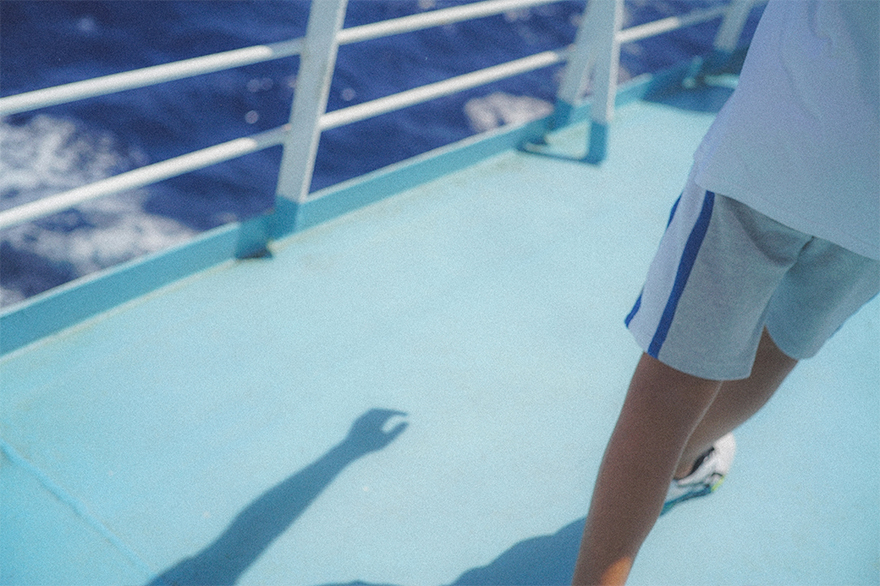





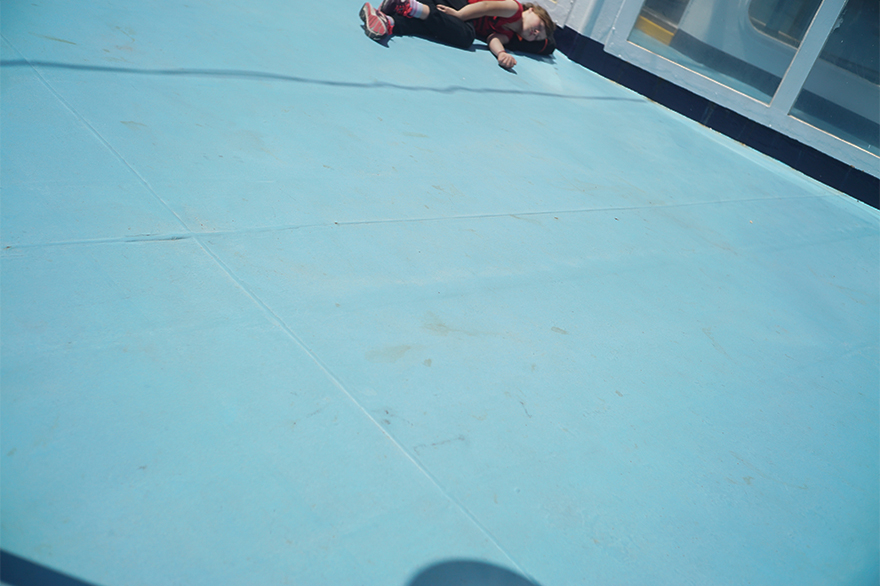
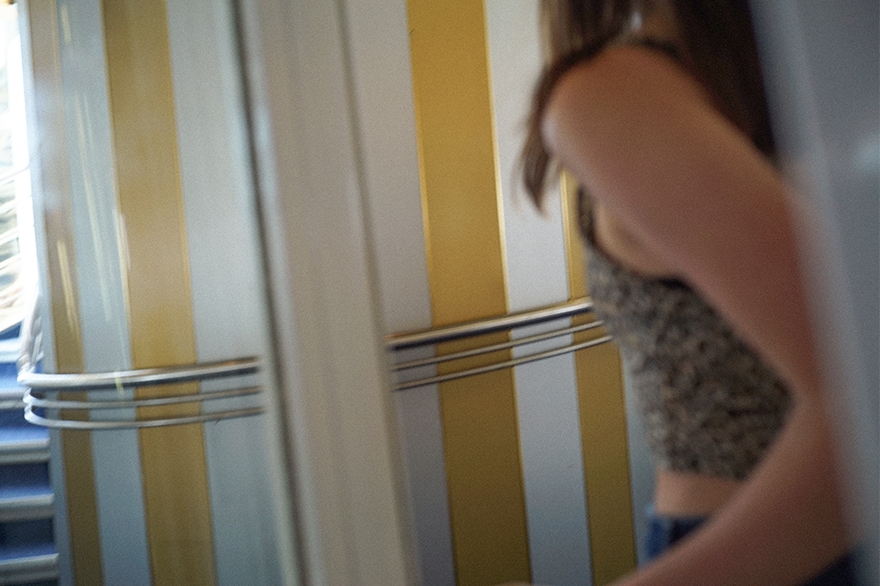
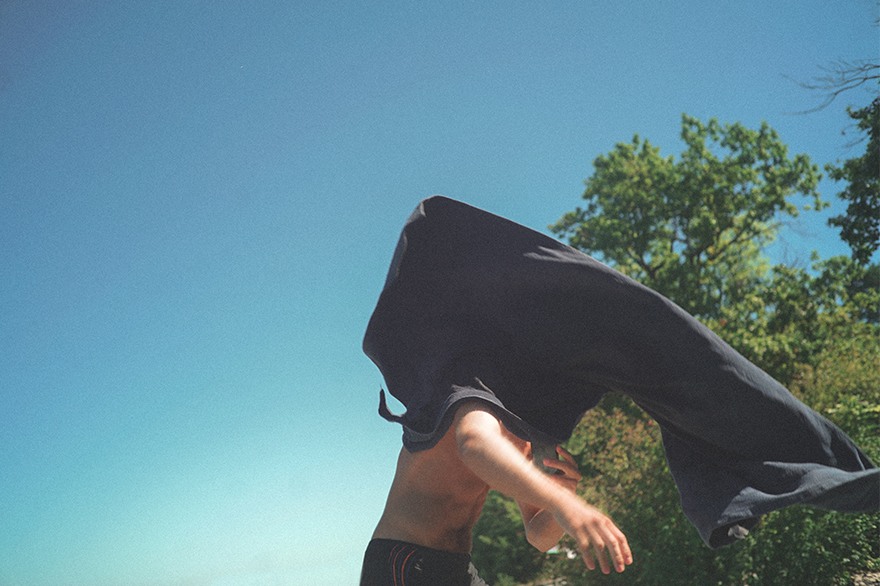
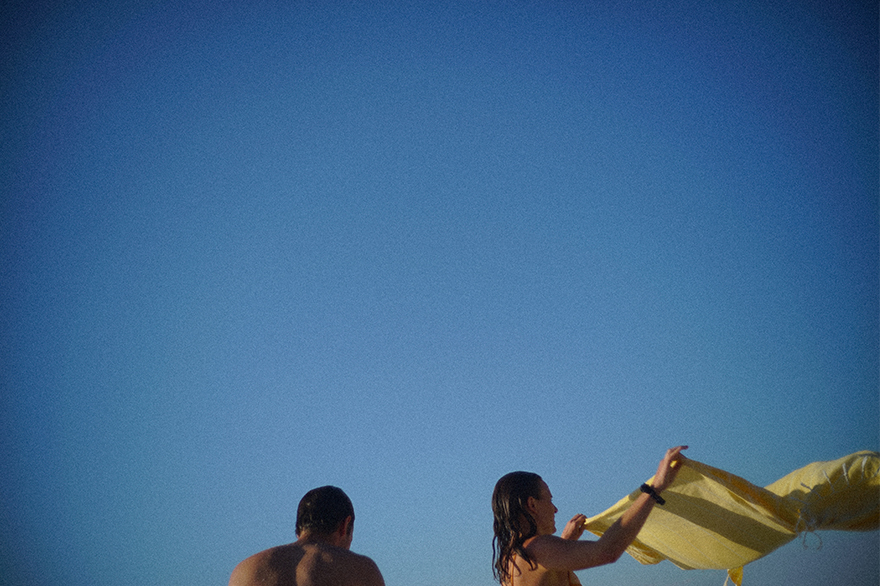
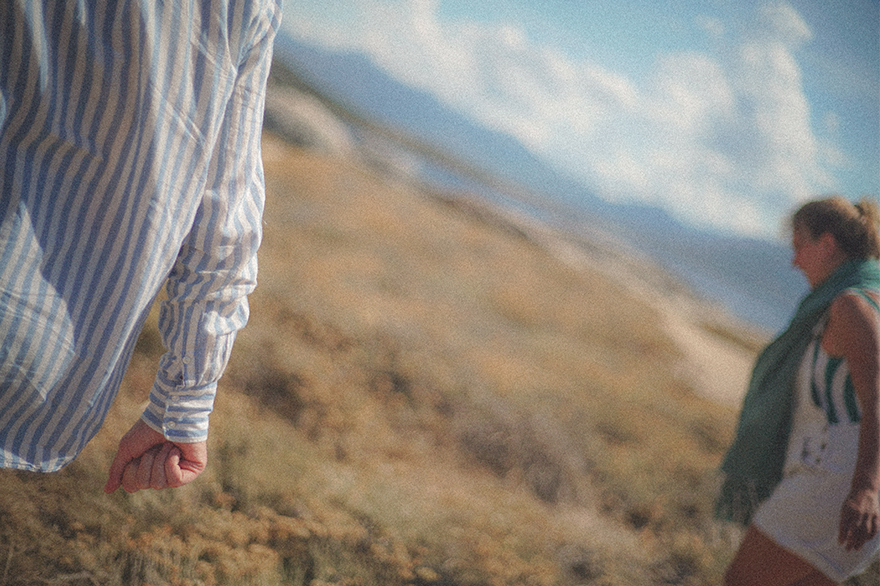
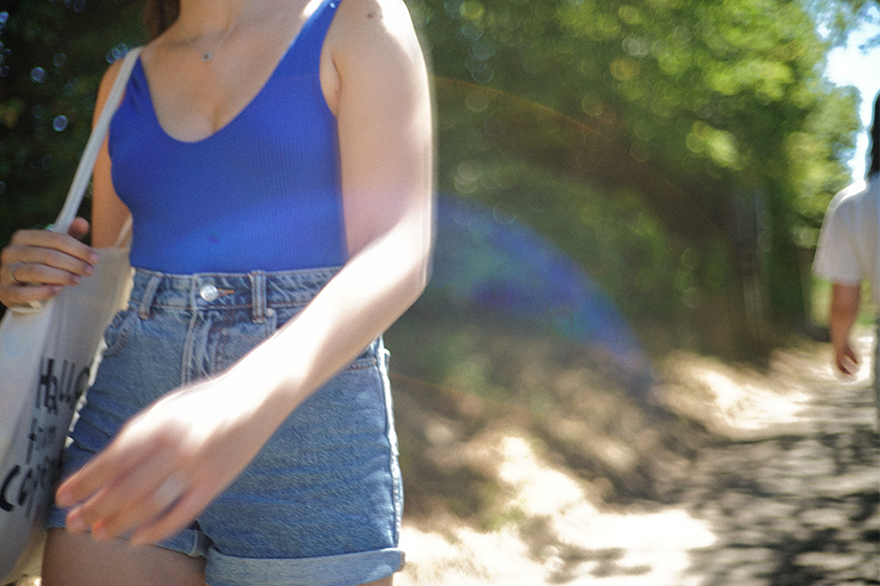
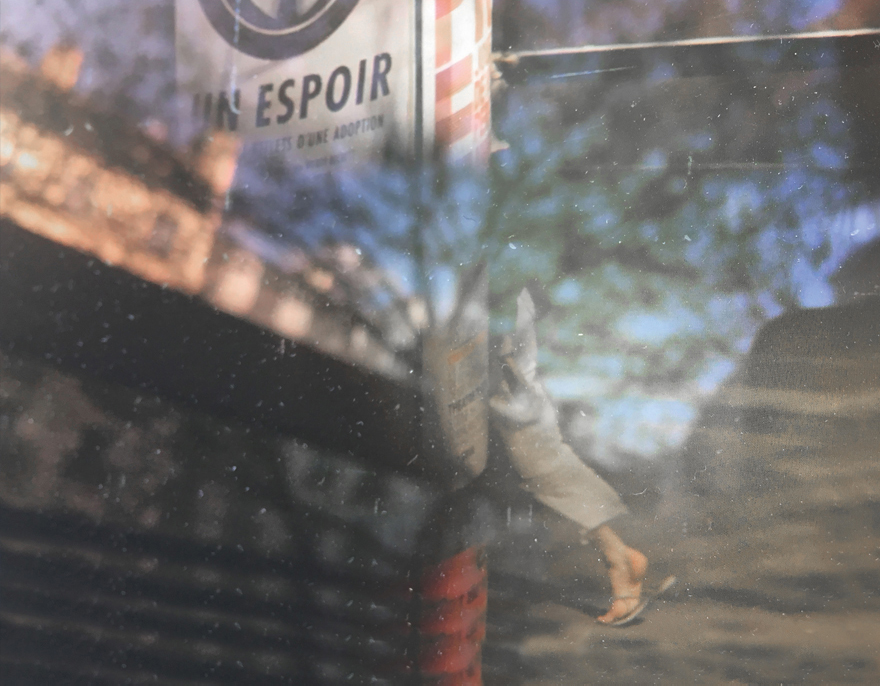
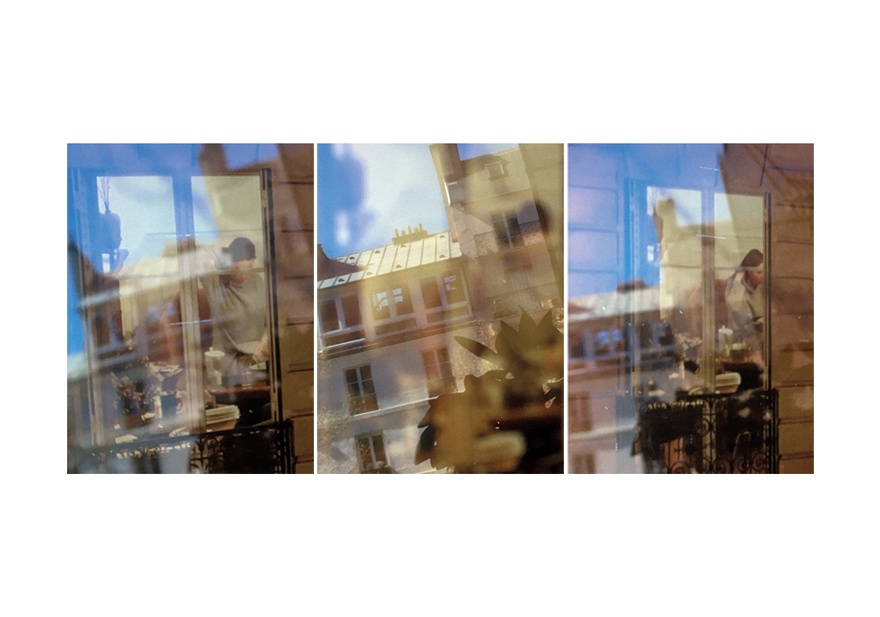
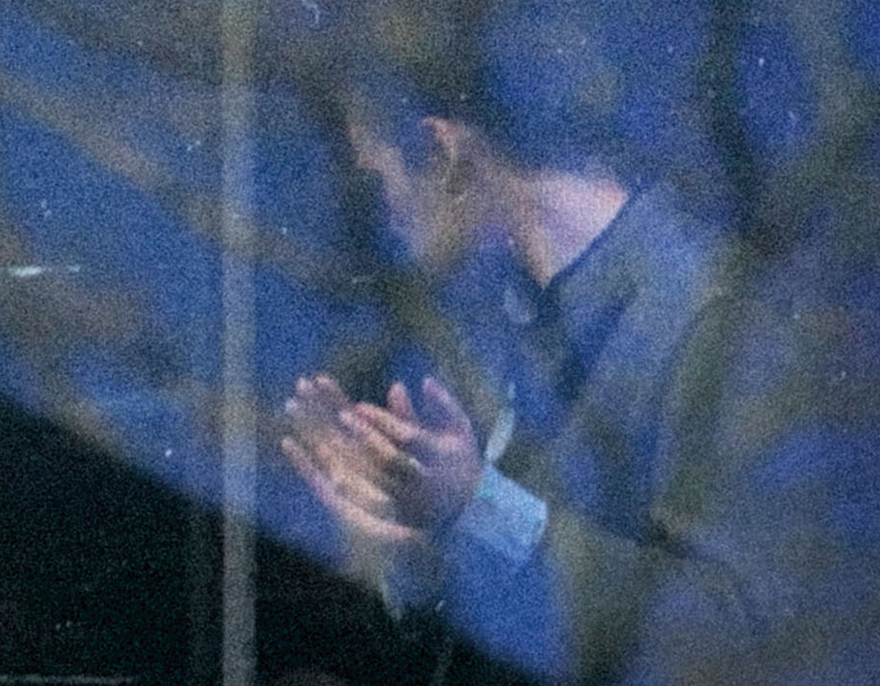
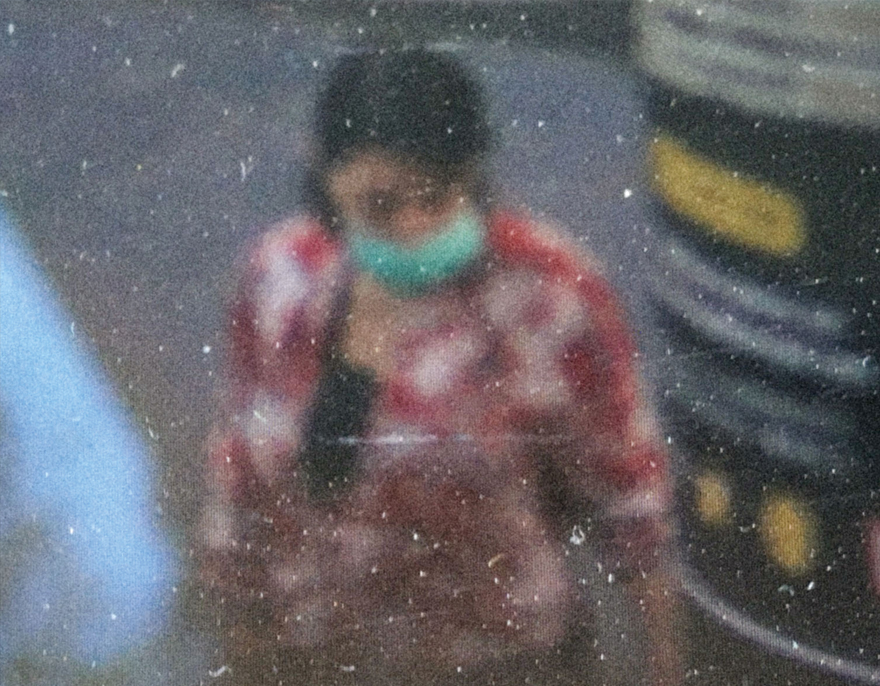
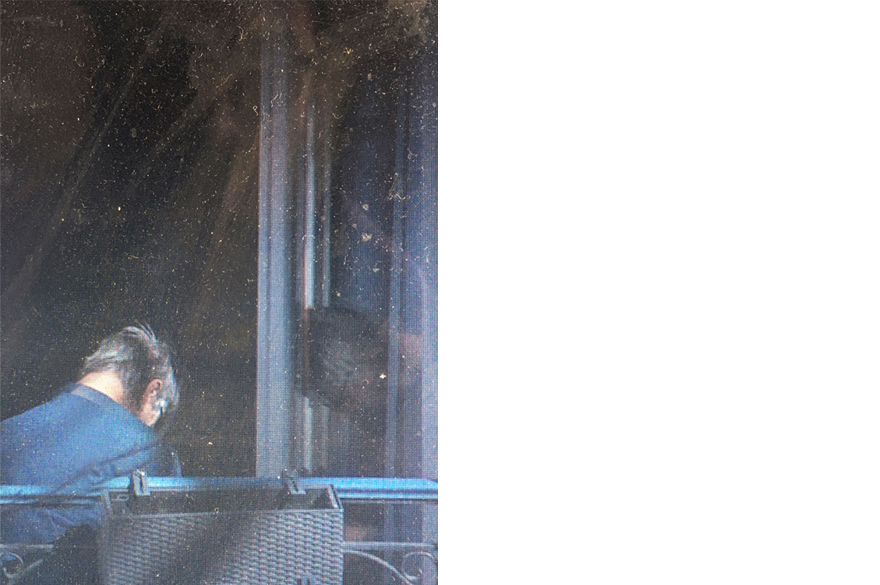
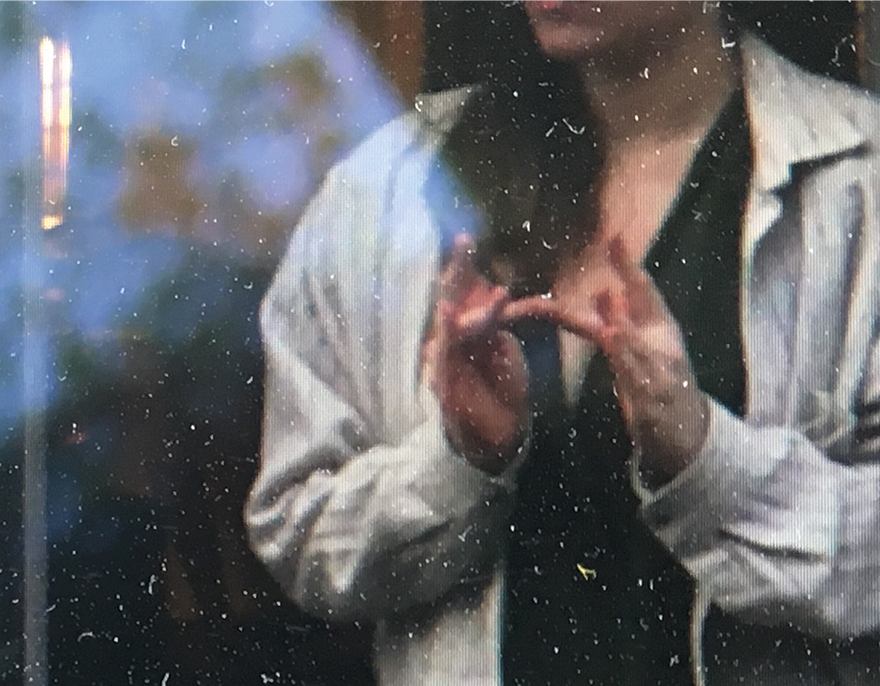
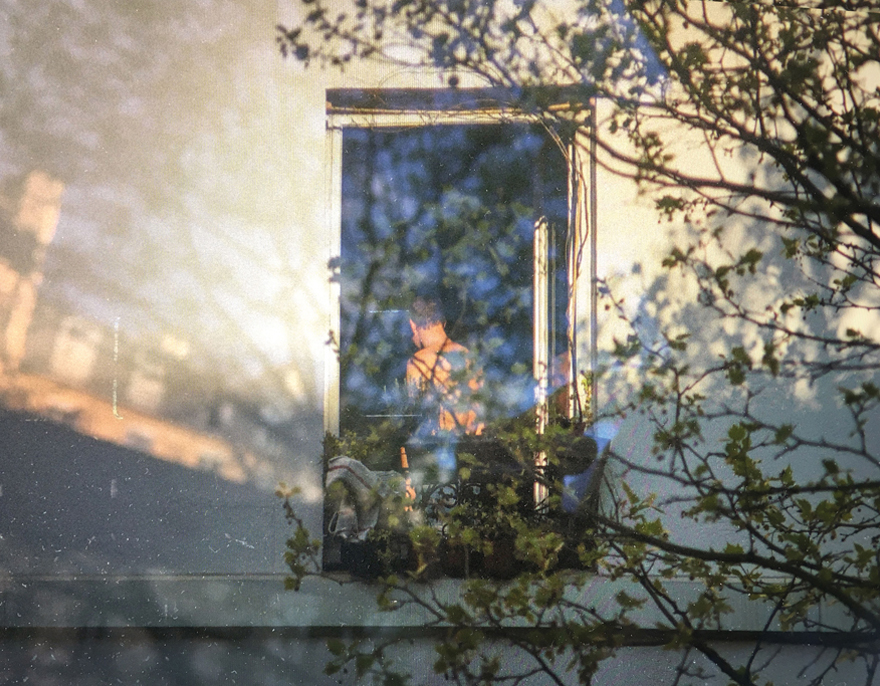
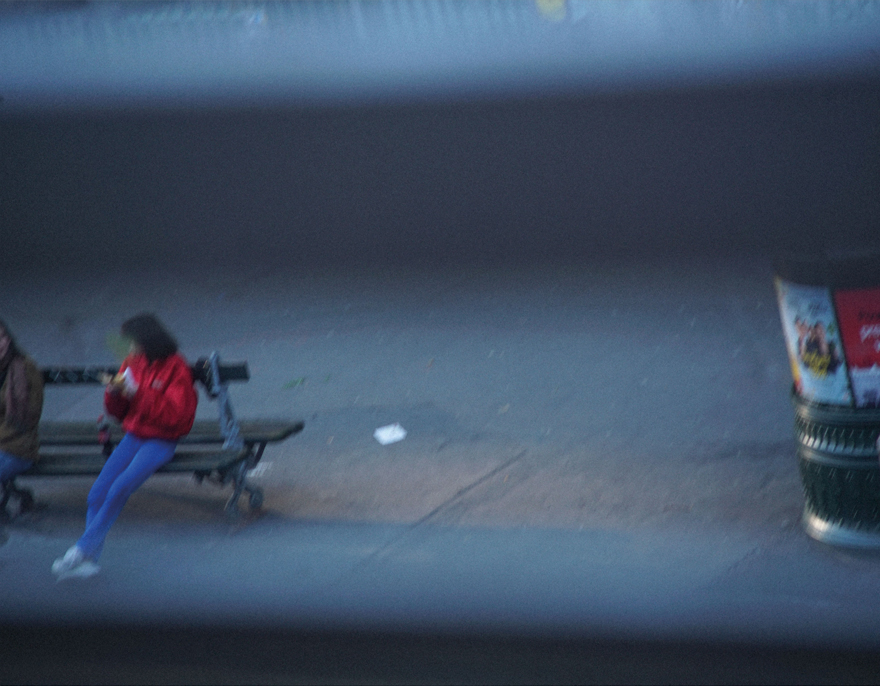
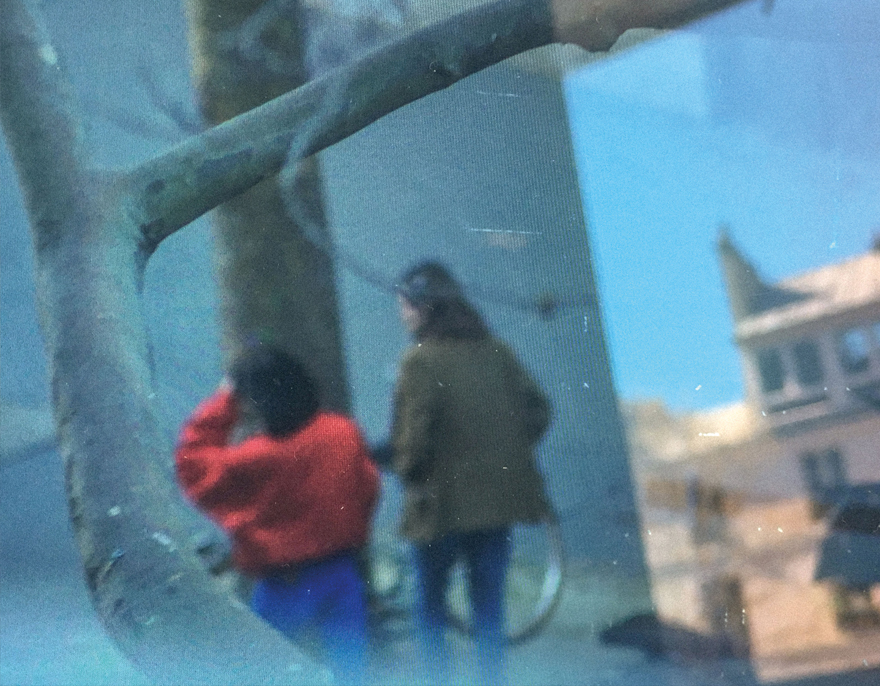
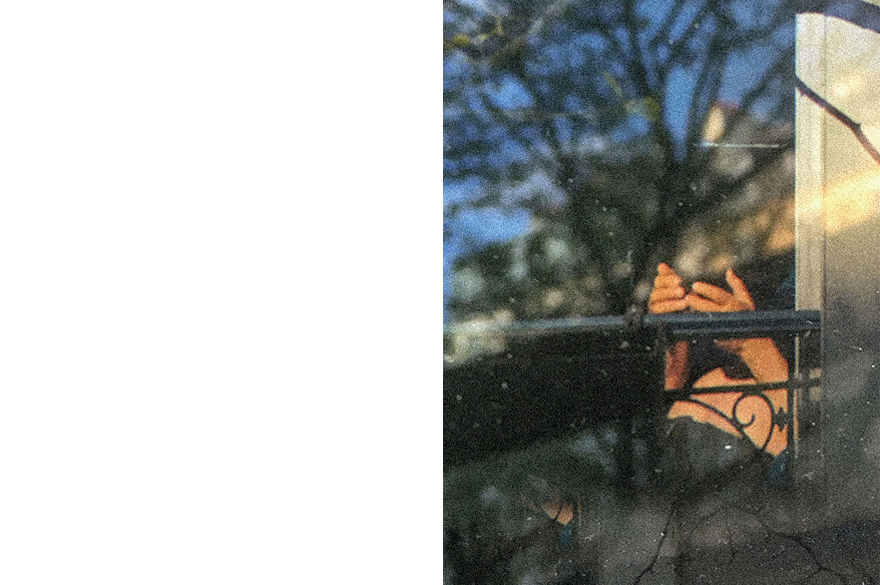
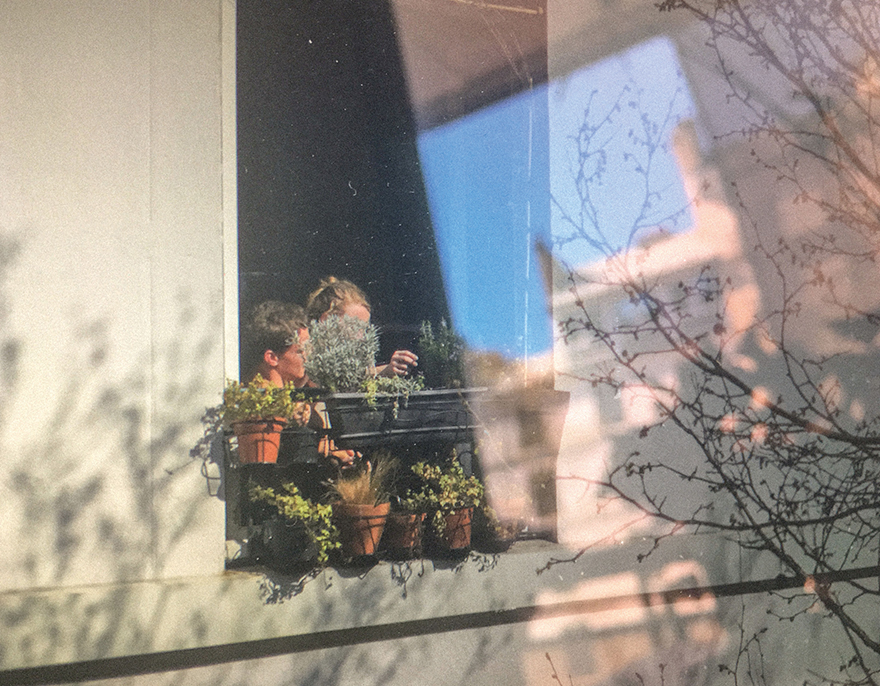
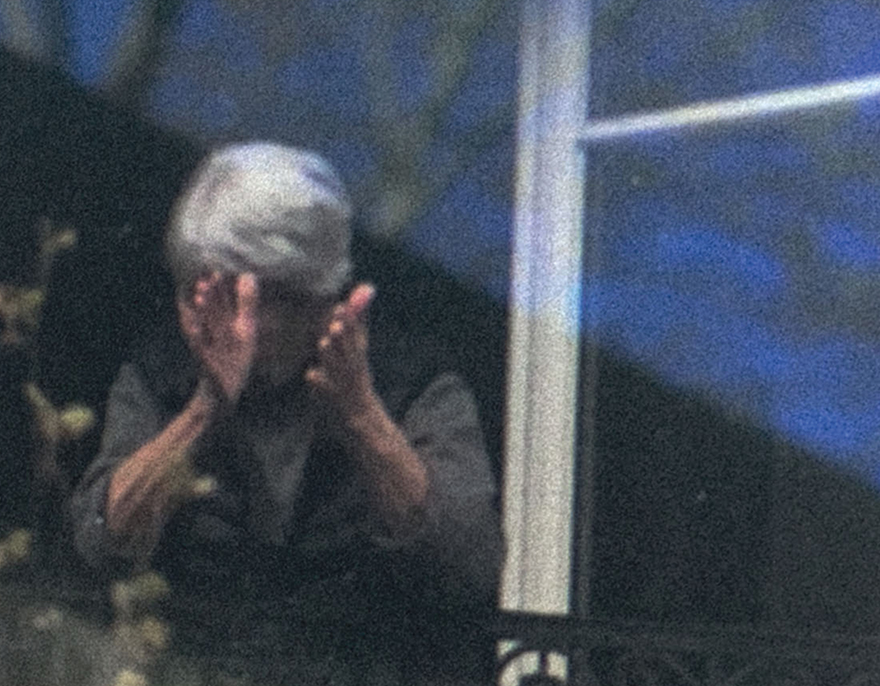
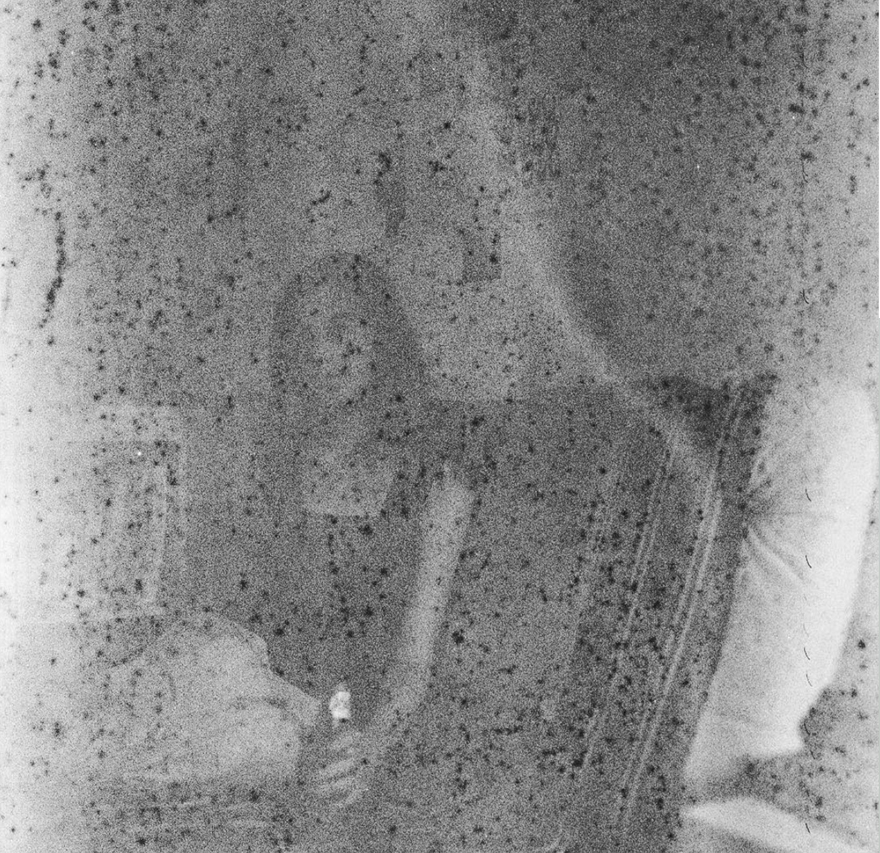
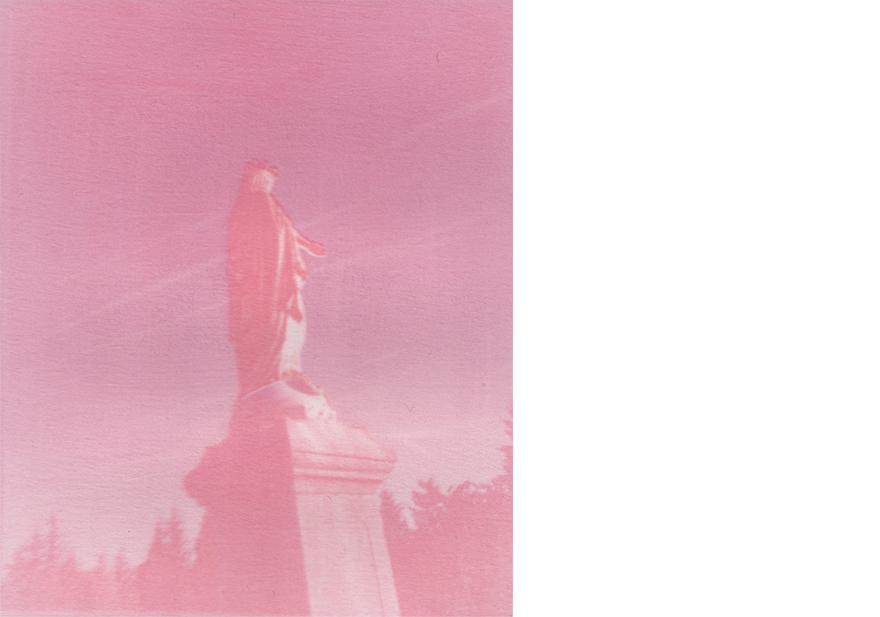 Light-sensitive emulsion on paper
Light-sensitive emulsion on paper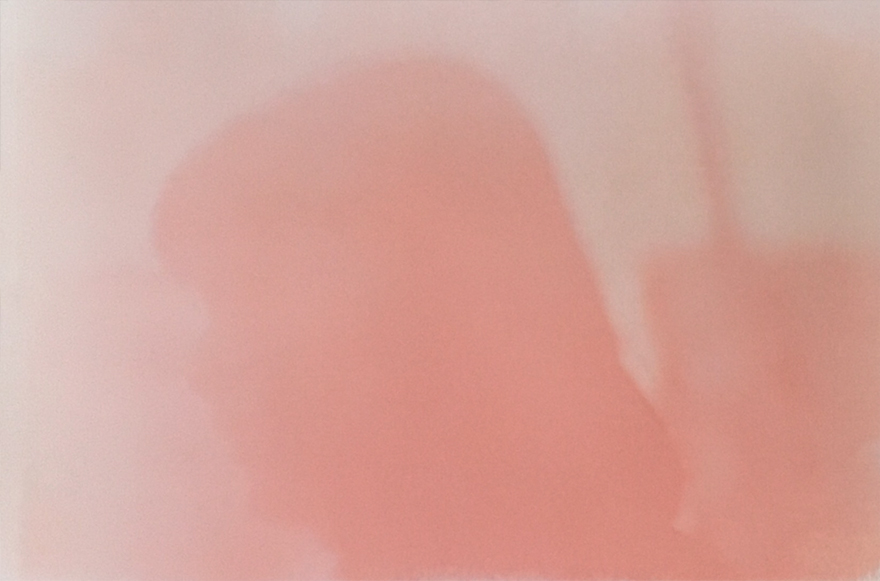 Light-sensitive emulsion on paper
Light-sensitive emulsion on paper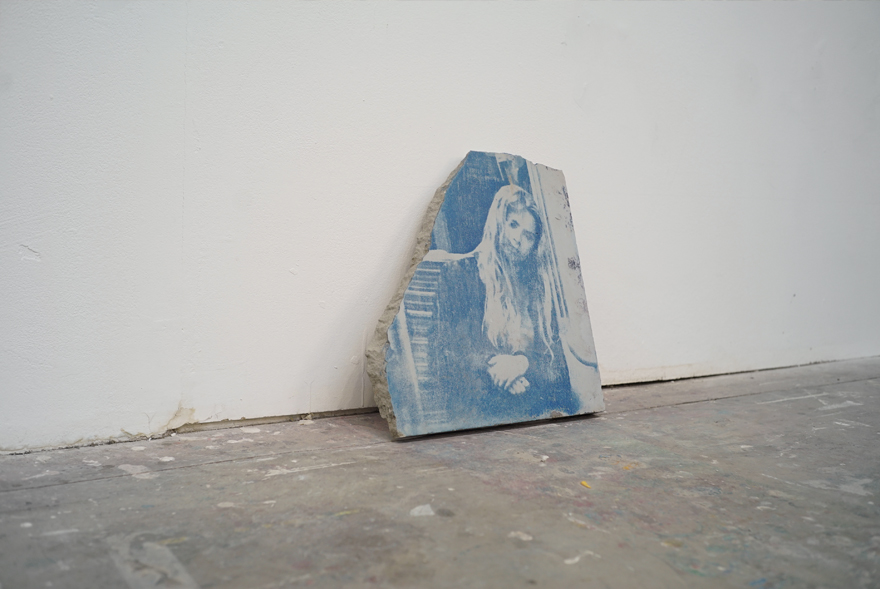 Cyanotype print on a piece of found wall, 55x40x7 cm, 2019
Cyanotype print on a piece of found wall, 55x40x7 cm, 2019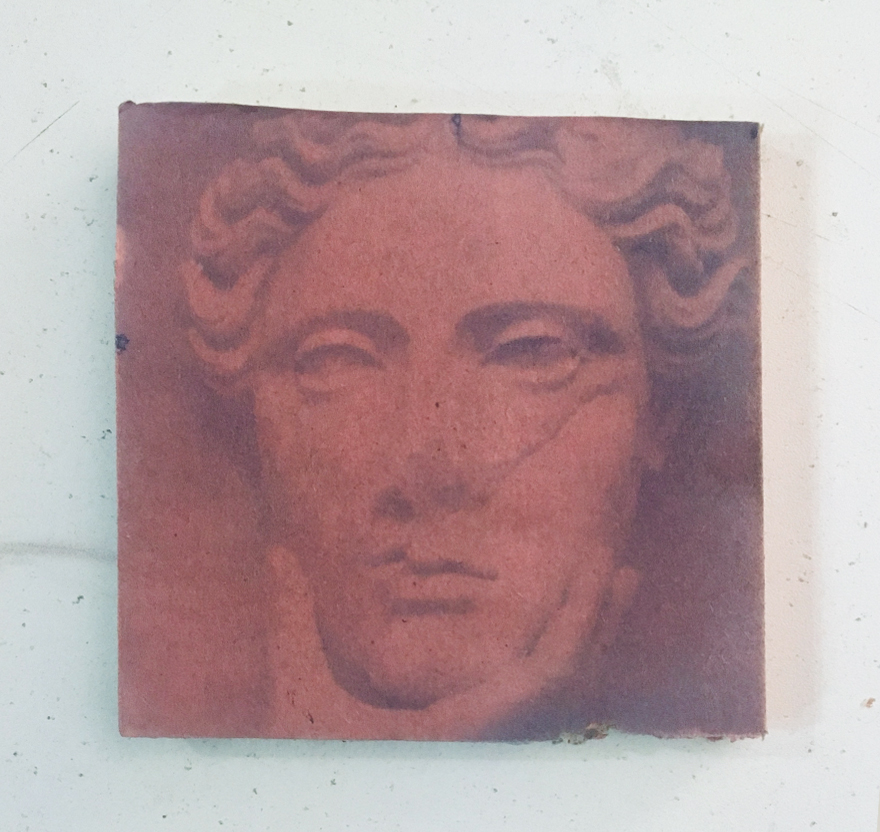 Light-sensitive emulsion on construction plasterboard
Light-sensitive emulsion on construction plasterboard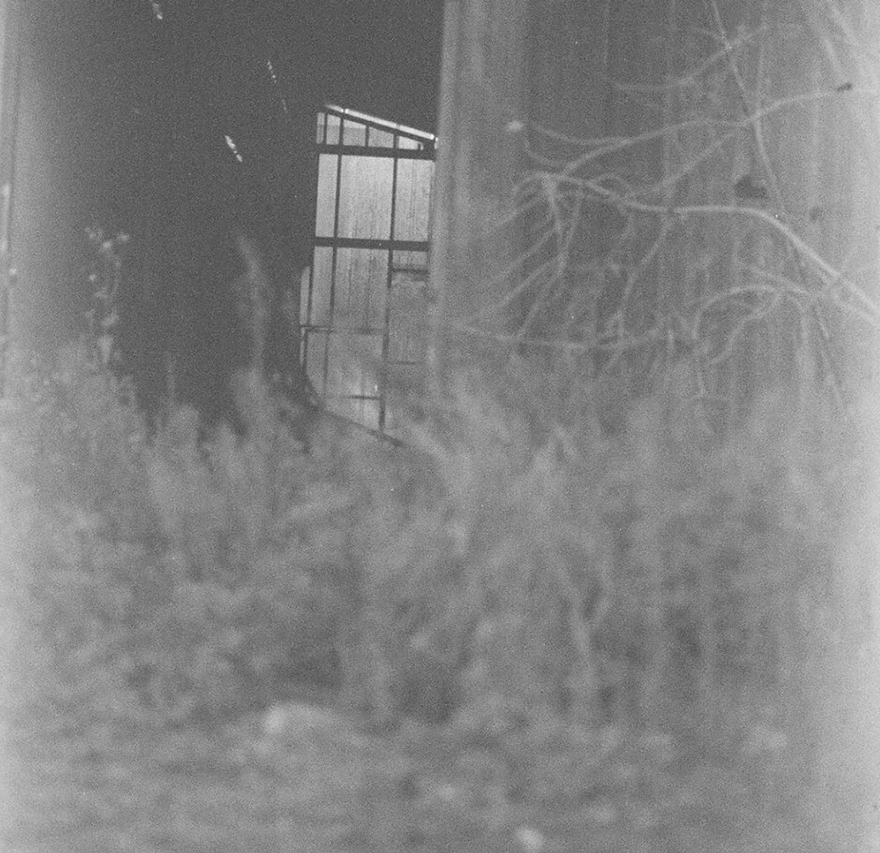 Expired médium format film
Expired médium format film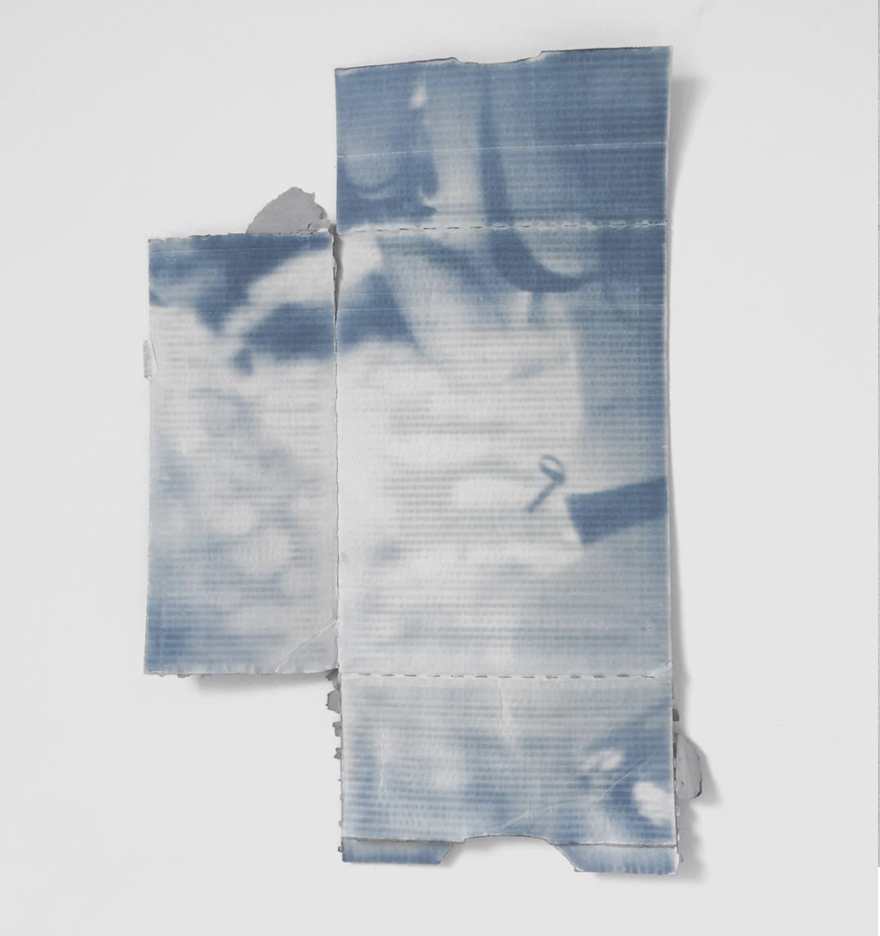 Cyanotype print on a piece of found unfold box, 60x35x1 cm, 2018
Cyanotype print on a piece of found unfold box, 60x35x1 cm, 2018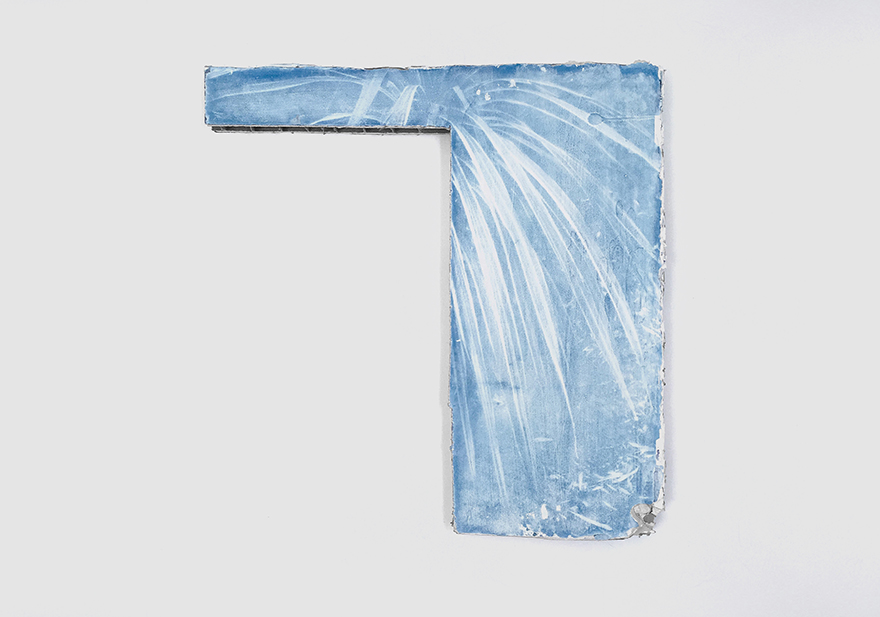 Cyanotype print on a piece of found wall, 80x80x5 cm, 2018
Cyanotype print on a piece of found wall, 80x80x5 cm, 2018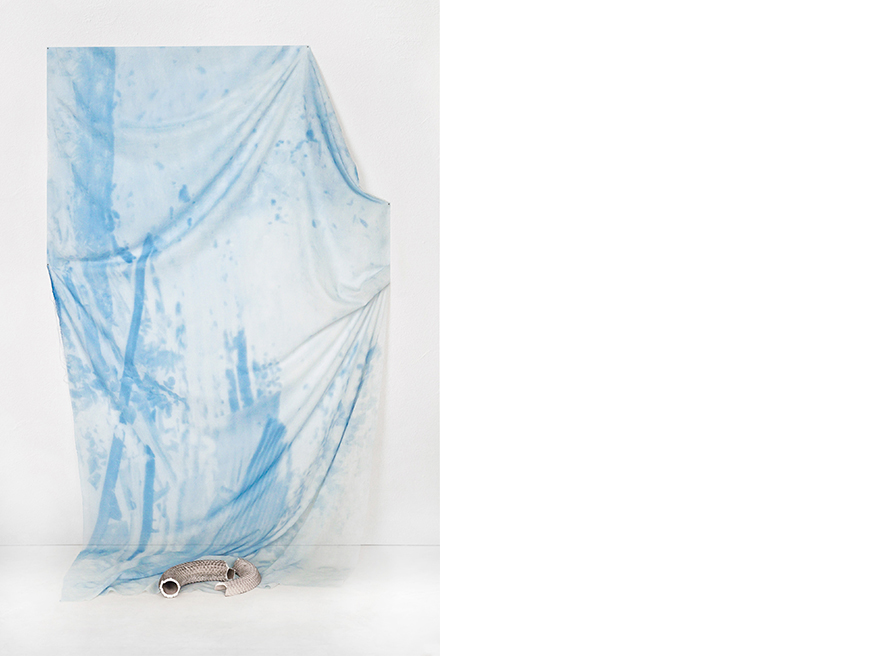 Cyanotype print on fabric, found objects, 150x100x30 cm, 2019
Cyanotype print on fabric, found objects, 150x100x30 cm, 2019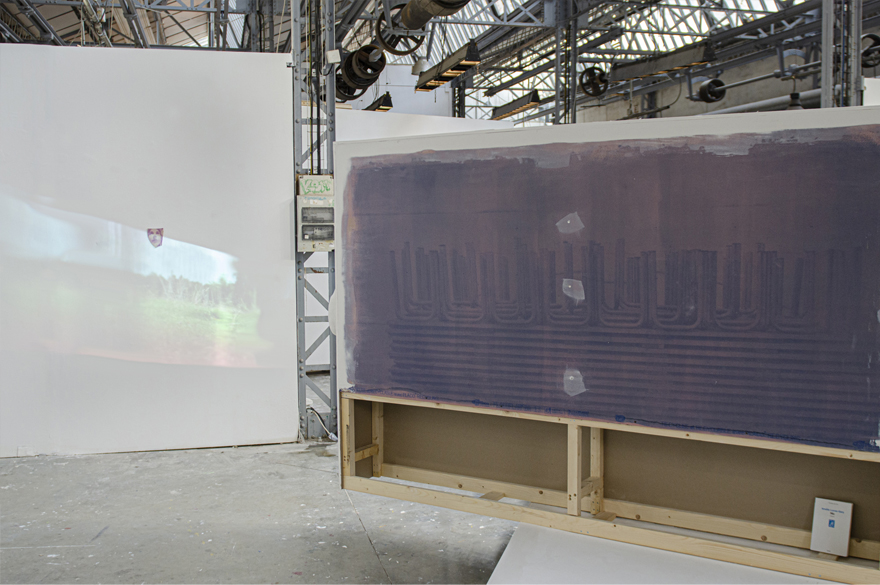
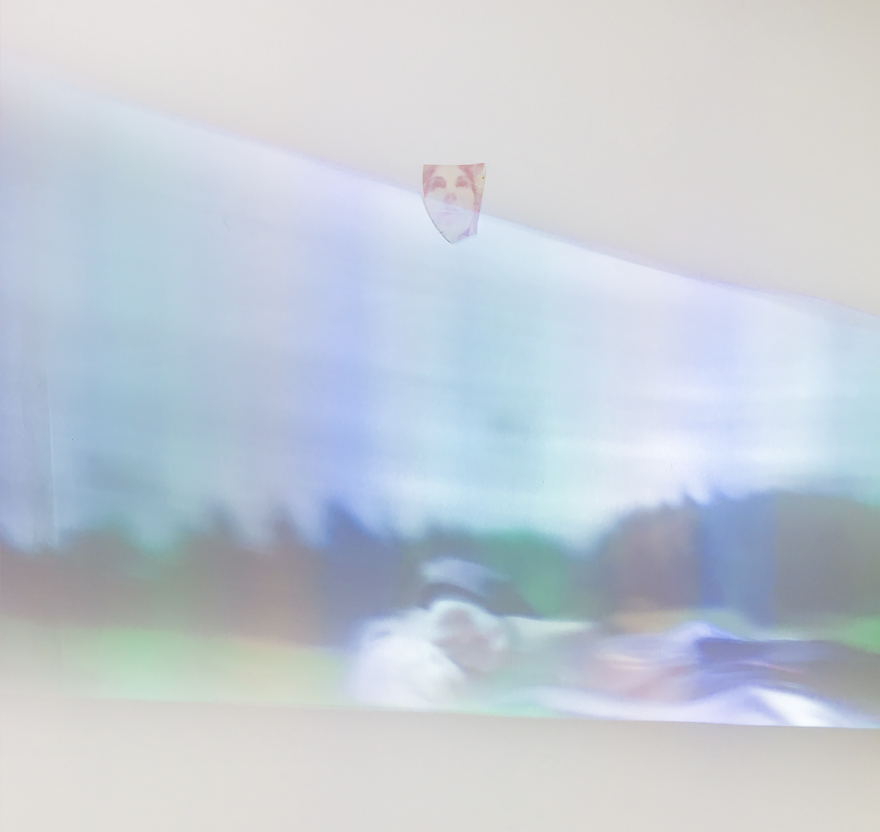
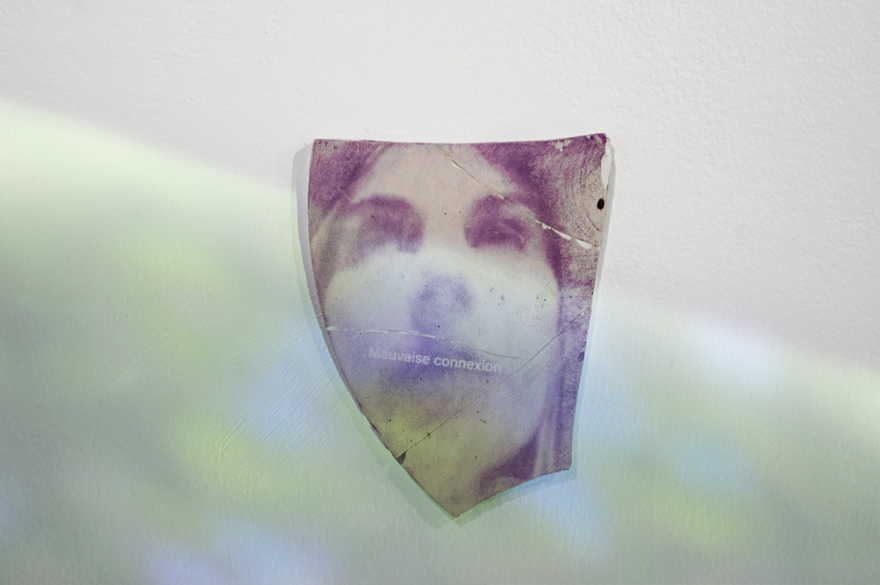 Projéction de vidéo, émulsion photosensible sur céramique, 20x15x0,5 cm, 2020.
Projéction de vidéo, émulsion photosensible sur céramique, 20x15x0,5 cm, 2020.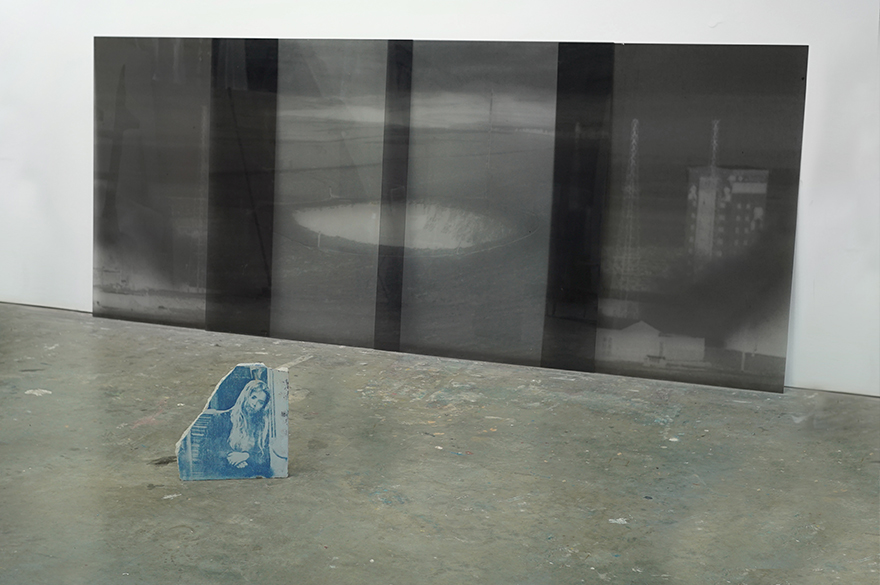 Vue d’atelier à la Villa Belleville, Paris, France.
Vue d’atelier à la Villa Belleville, Paris, France.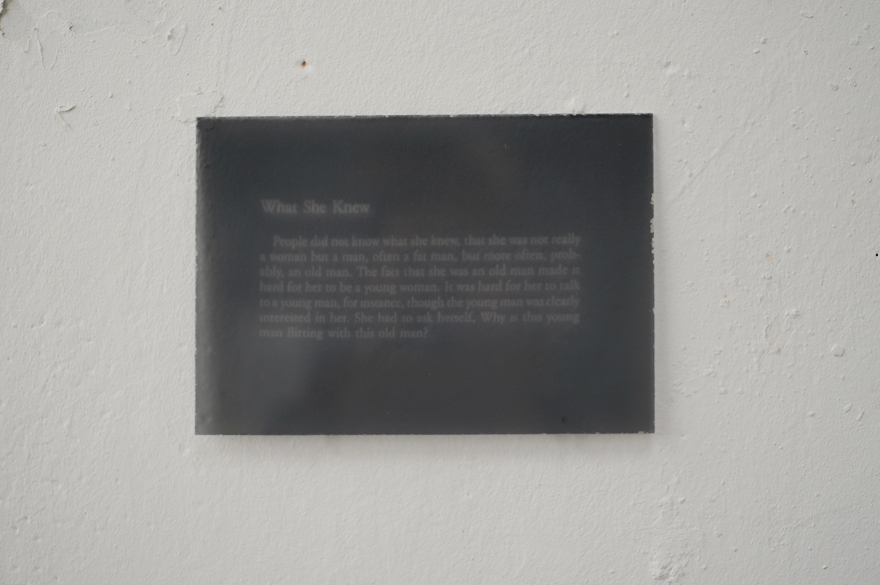 Impression sur plexigass, 20×15 cm, 2019.
Impression sur plexigass, 20×15 cm, 2019.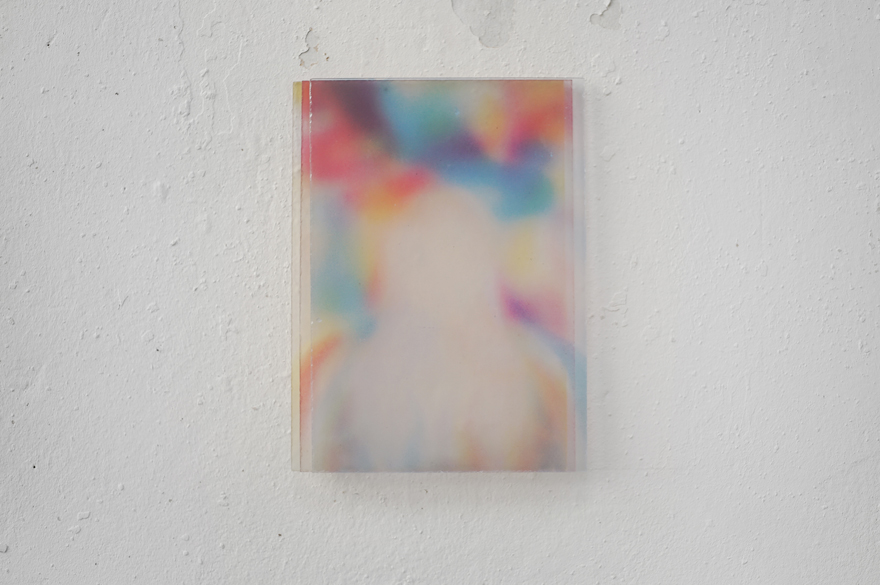 Impression sur trois niveau de plexiglass transparent, 20×17 cm, 2020.
Impression sur trois niveau de plexiglass transparent, 20×17 cm, 2020.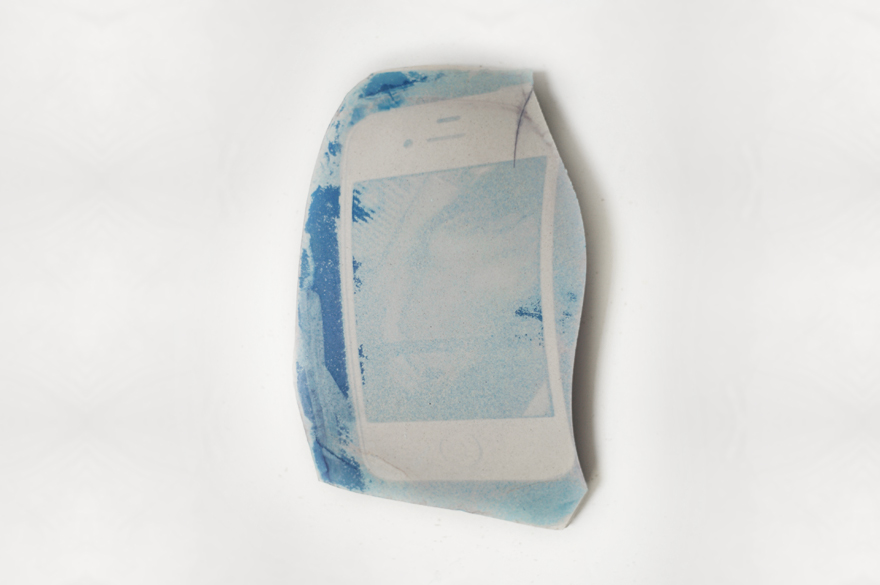
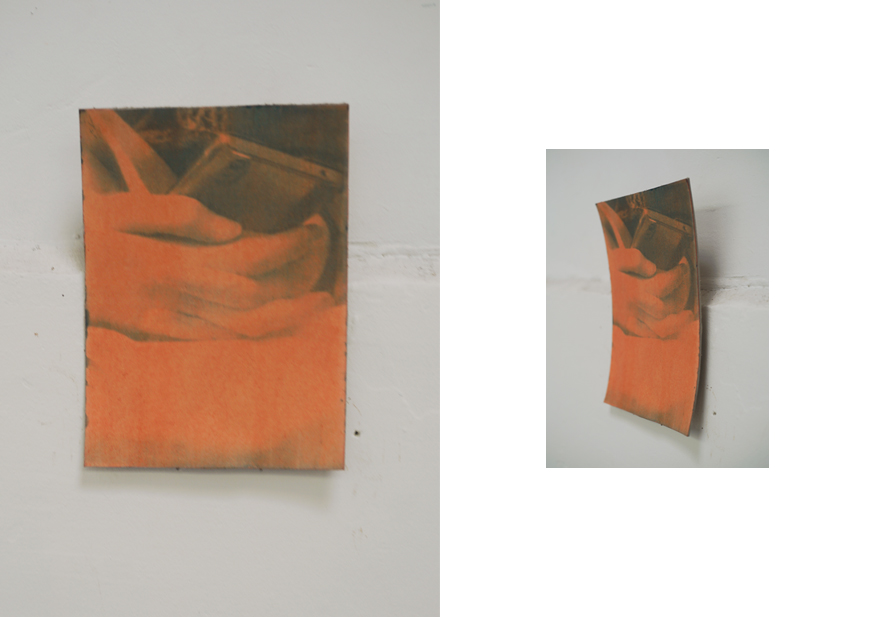 Émulsion photosensible sur carton, gouache, 28×20 cm, 2019.
Émulsion photosensible sur carton, gouache, 28×20 cm, 2019.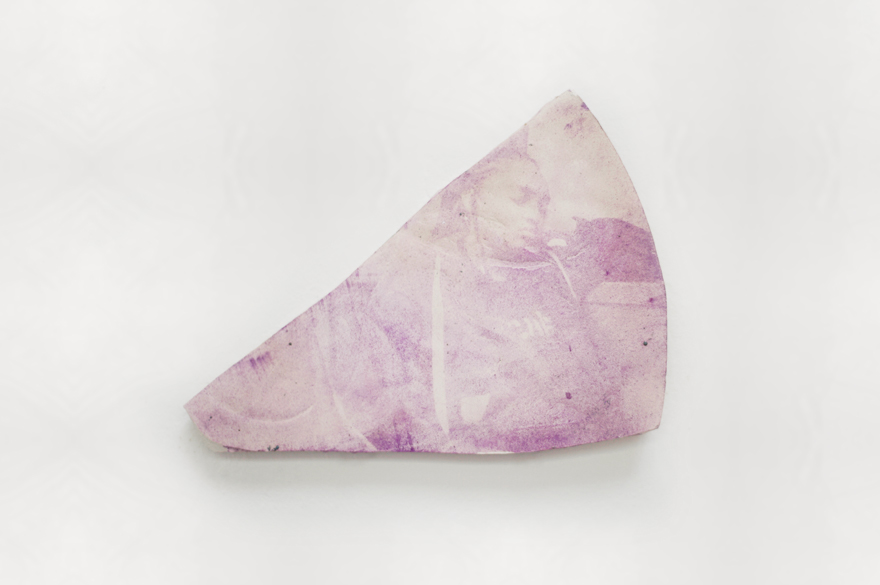 Émulsion photosensible sur céramique, 15x10x0,5 cm, 2020.
Émulsion photosensible sur céramique, 15x10x0,5 cm, 2020.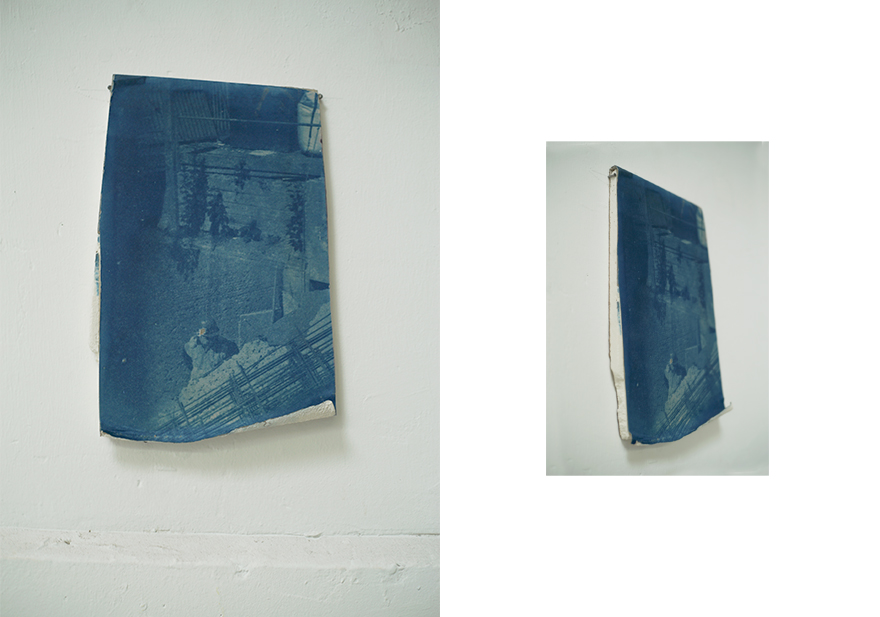 Émulsion photosensible sur placo de construction, 30×18 cm, 2019.
Émulsion photosensible sur placo de construction, 30×18 cm, 2019.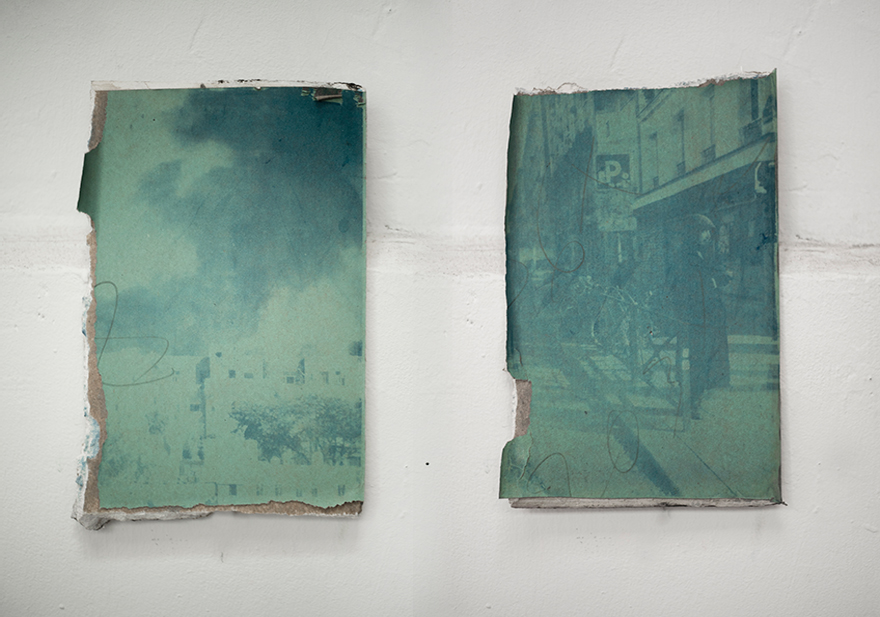 Émulsion photosensible sur placo de construction, 30×20 cm, 2019.
Émulsion photosensible sur placo de construction, 30×20 cm, 2019.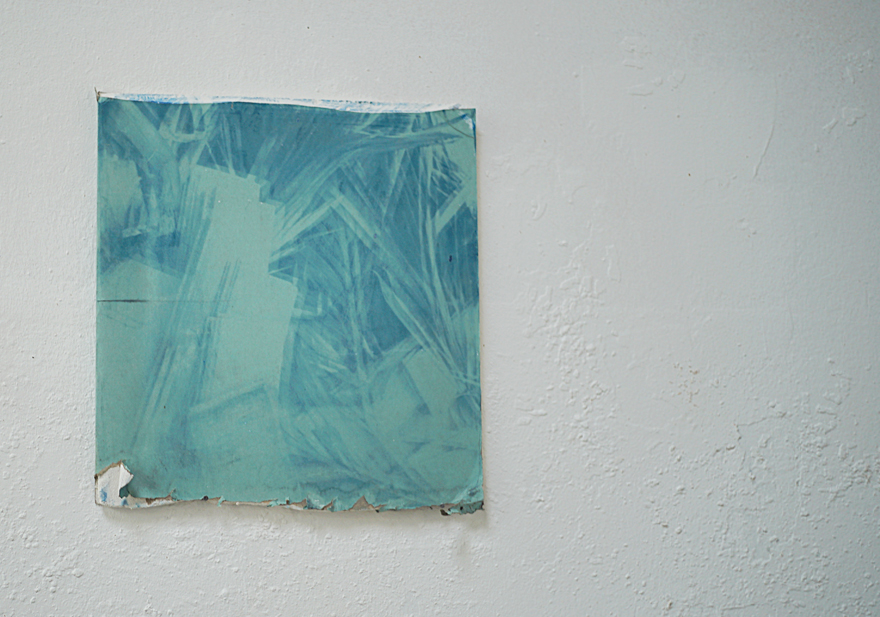 Émulsion photosensible sur placo de construction, 30×30 cm, 2019.
Émulsion photosensible sur placo de construction, 30×30 cm, 2019.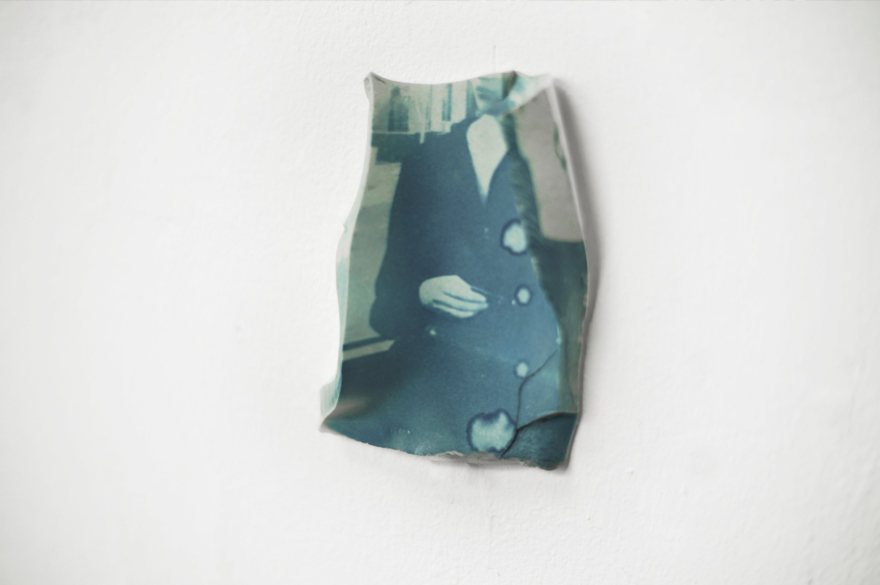 Émulsion photosensible sur céramique, 17x10x3 cm, 2020.
Émulsion photosensible sur céramique, 17x10x3 cm, 2020.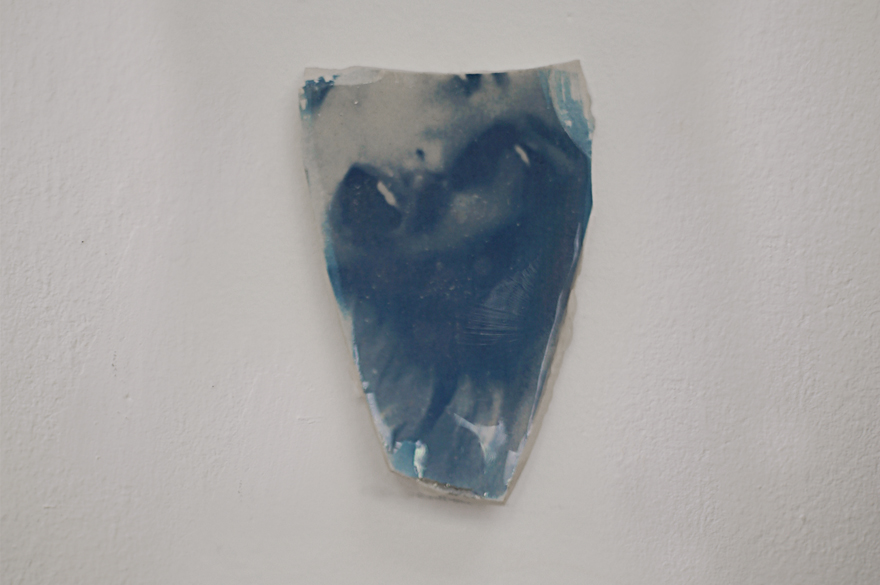 Émulsion photosensible sur céramique, résine, 11x5x3 cm, 2020.
Émulsion photosensible sur céramique, résine, 11x5x3 cm, 2020.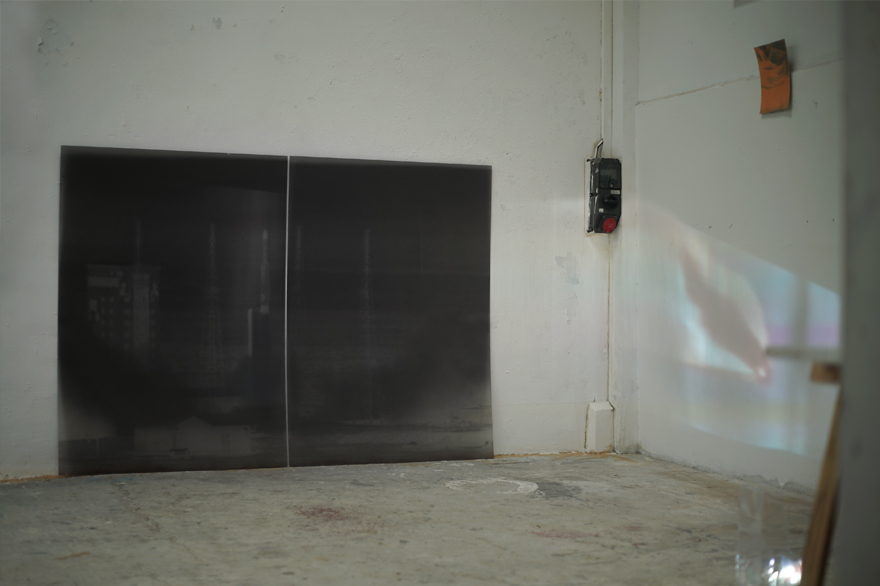 Vue d’atelier à la Villa Belleville, Paris, France.
Vue d’atelier à la Villa Belleville, Paris, France.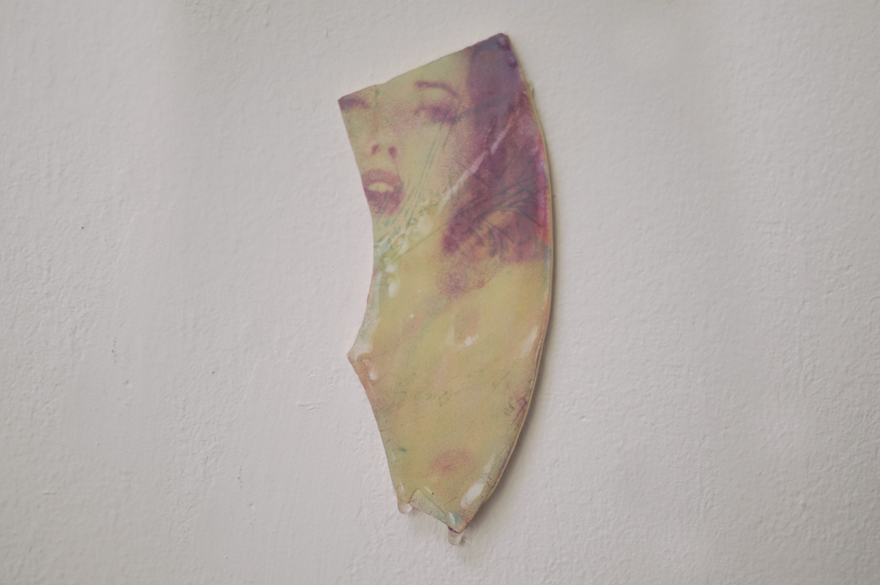 Émulsion photosensible sur céramique, résine, 10x4x1 cm, 2019.
Émulsion photosensible sur céramique, résine, 10x4x1 cm, 2019.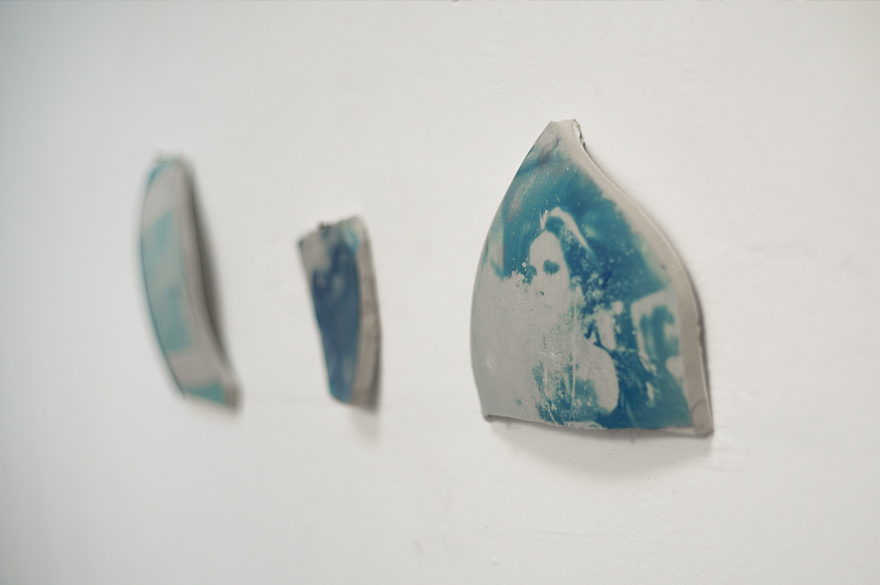 Émulsion photosensible sur céramique, 2019.
Émulsion photosensible sur céramique, 2019.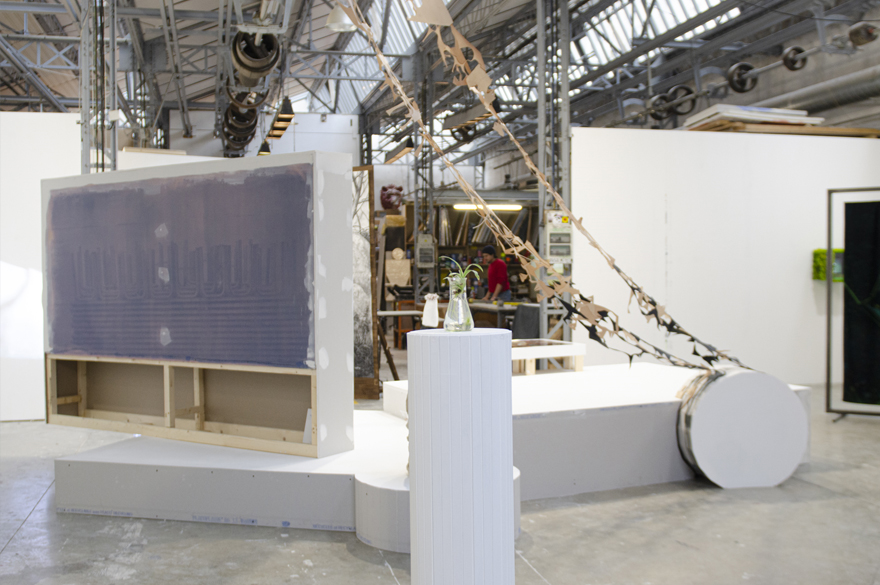 Vue de l’exposition Le Radeau Des Cimes, VillaBelleville, Paris, France.
Vue de l’exposition Le Radeau Des Cimes, VillaBelleville, Paris, France.

 To launch satellite into orbit, print on plexiglass, 270×180 cm, 2019.
To launch satellite into orbit, print on plexiglass, 270×180 cm, 2019. Sanchi, print on plexiglass, 270×180 cm, 2019.
Sanchi, print on plexiglass, 270×180 cm, 2019.










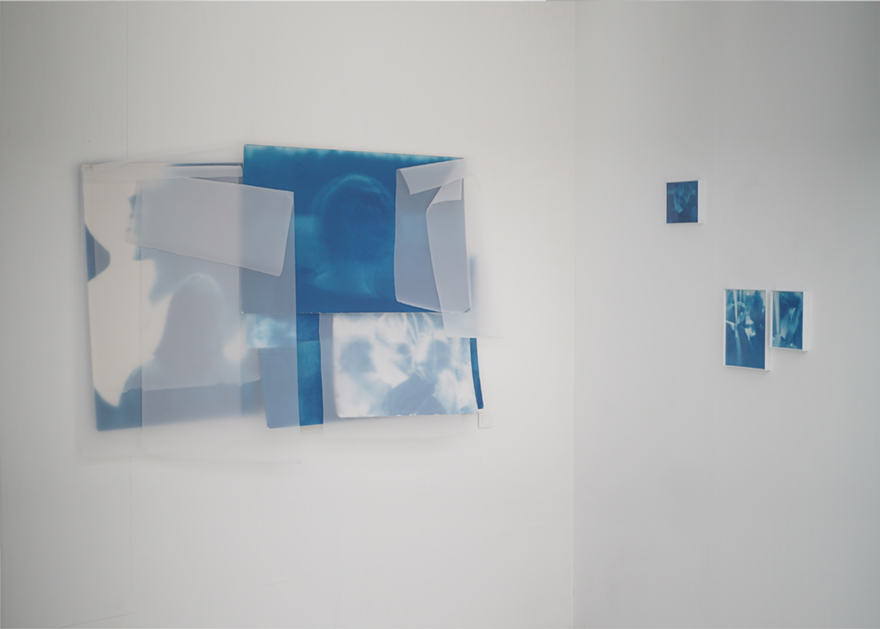
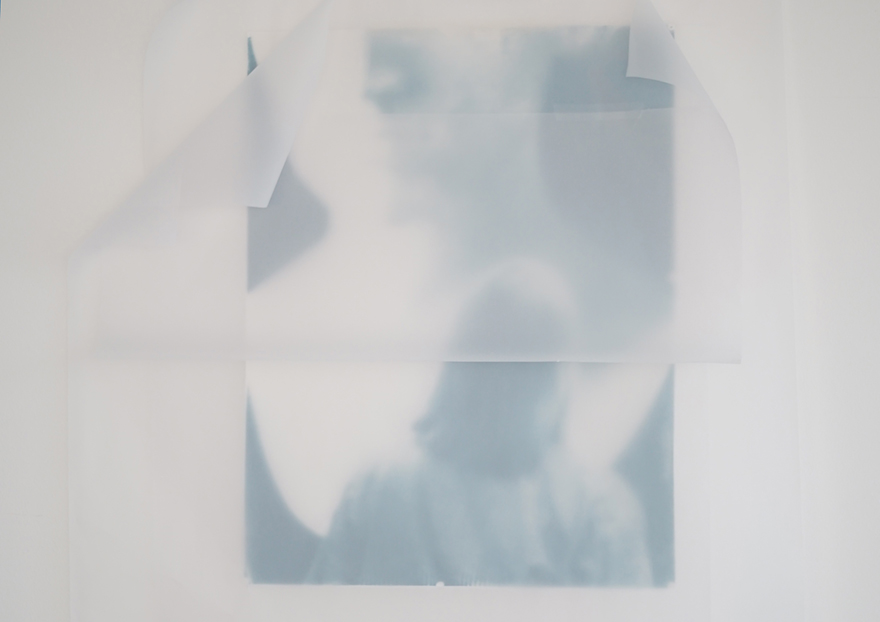
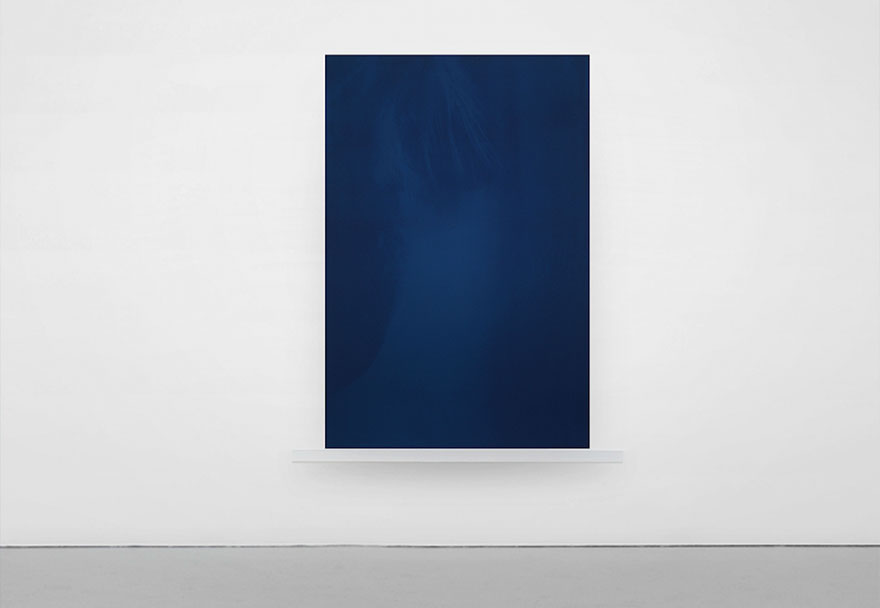
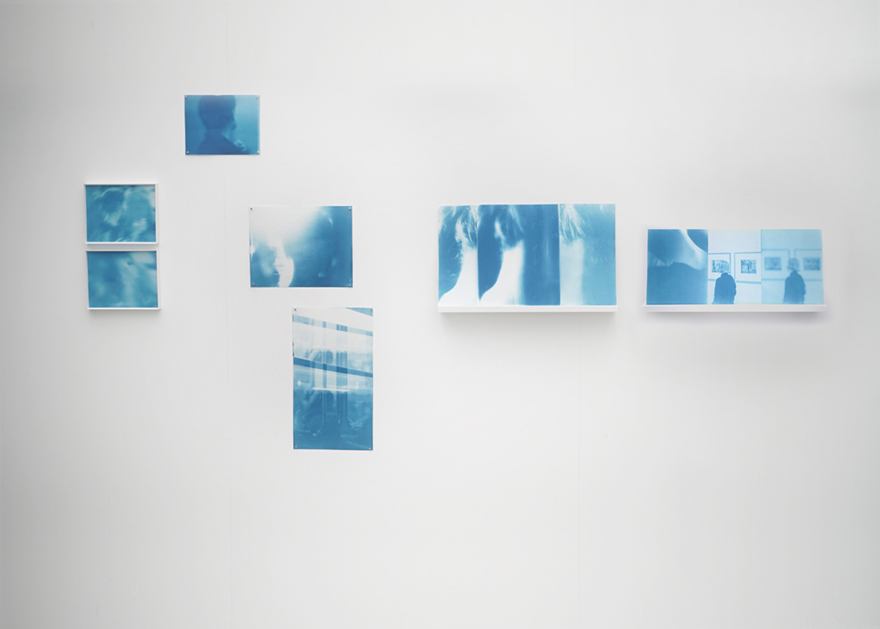

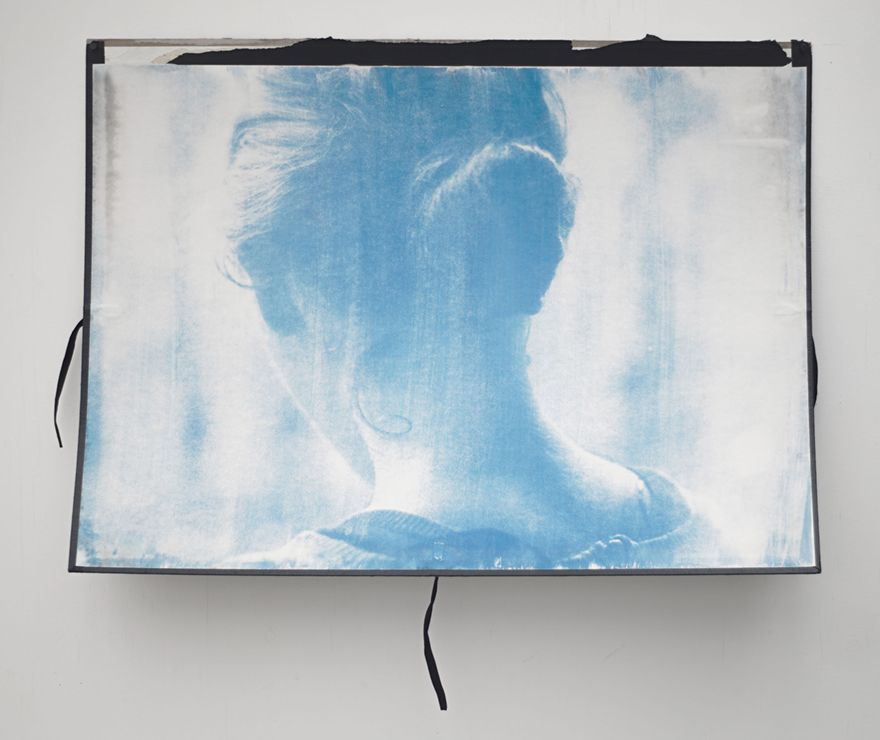

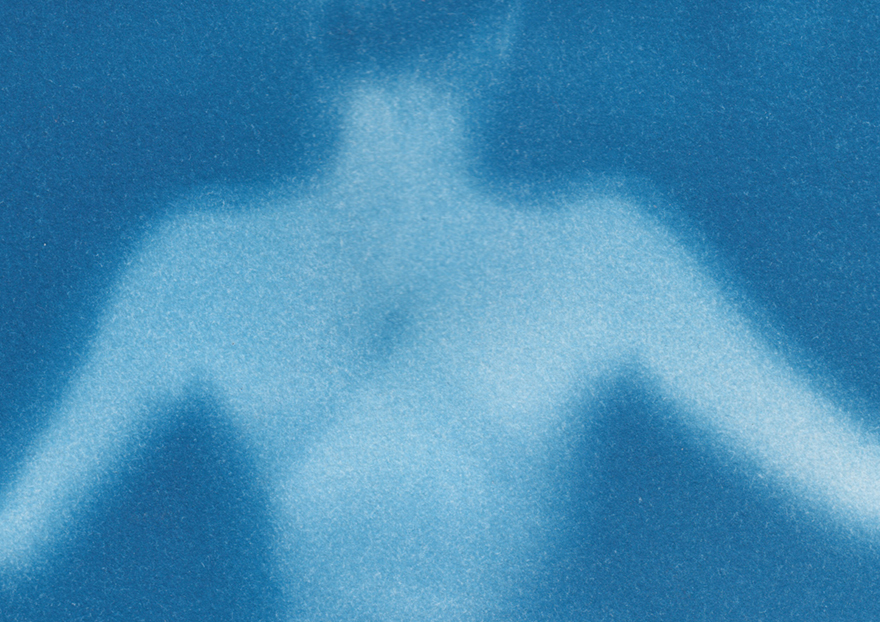
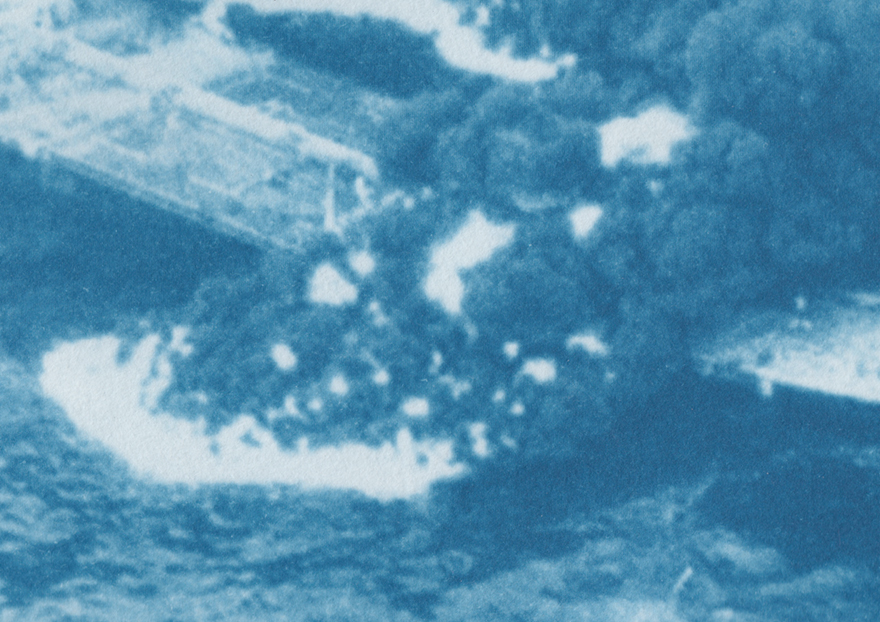
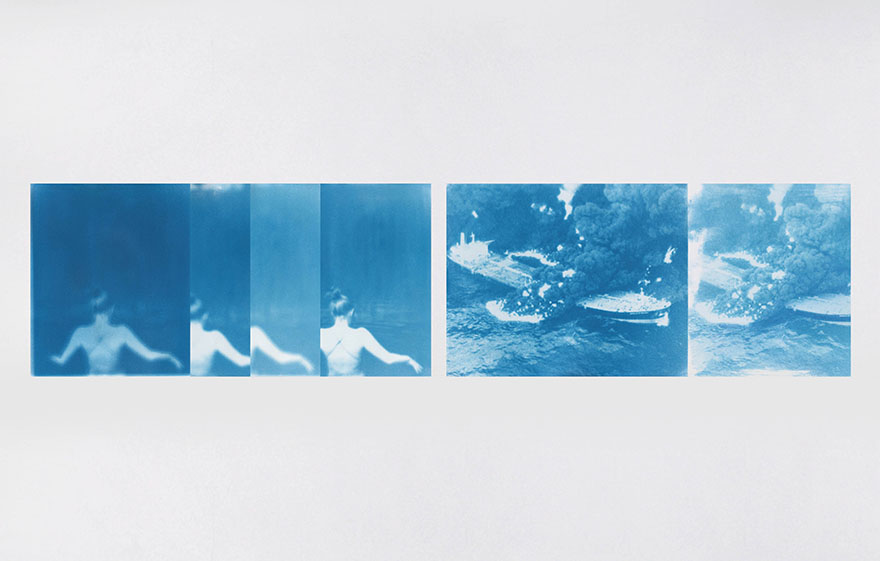
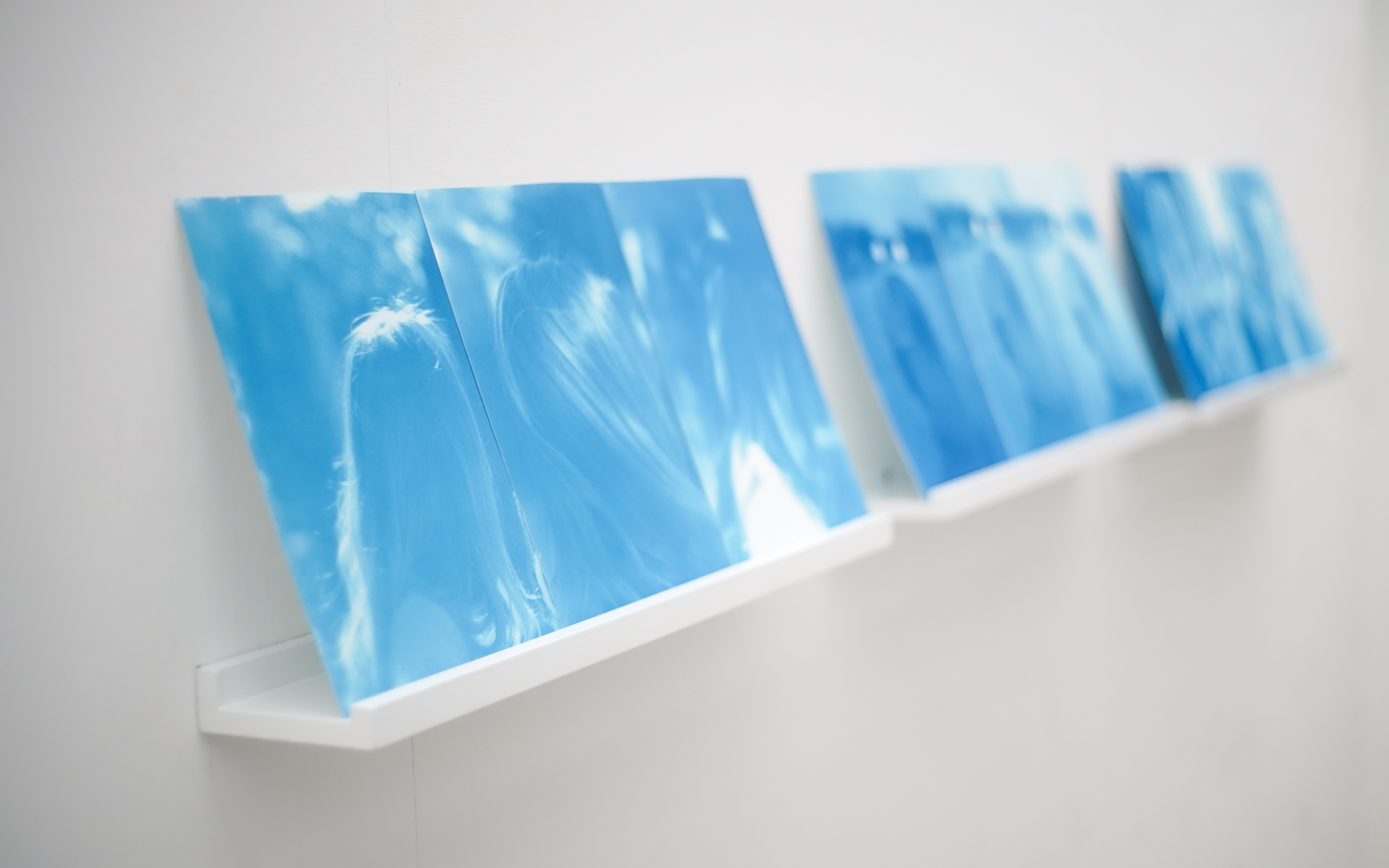
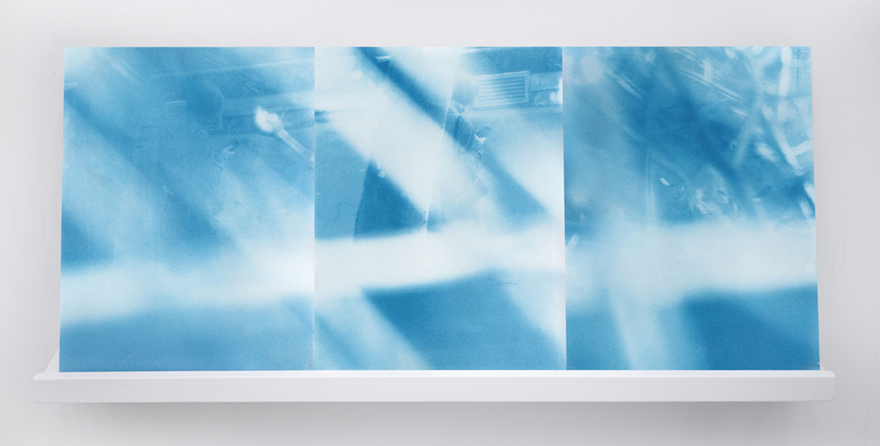 Cyanotype print, 60×20,5 cm, 2018.
Cyanotype print, 60×20,5 cm, 2018.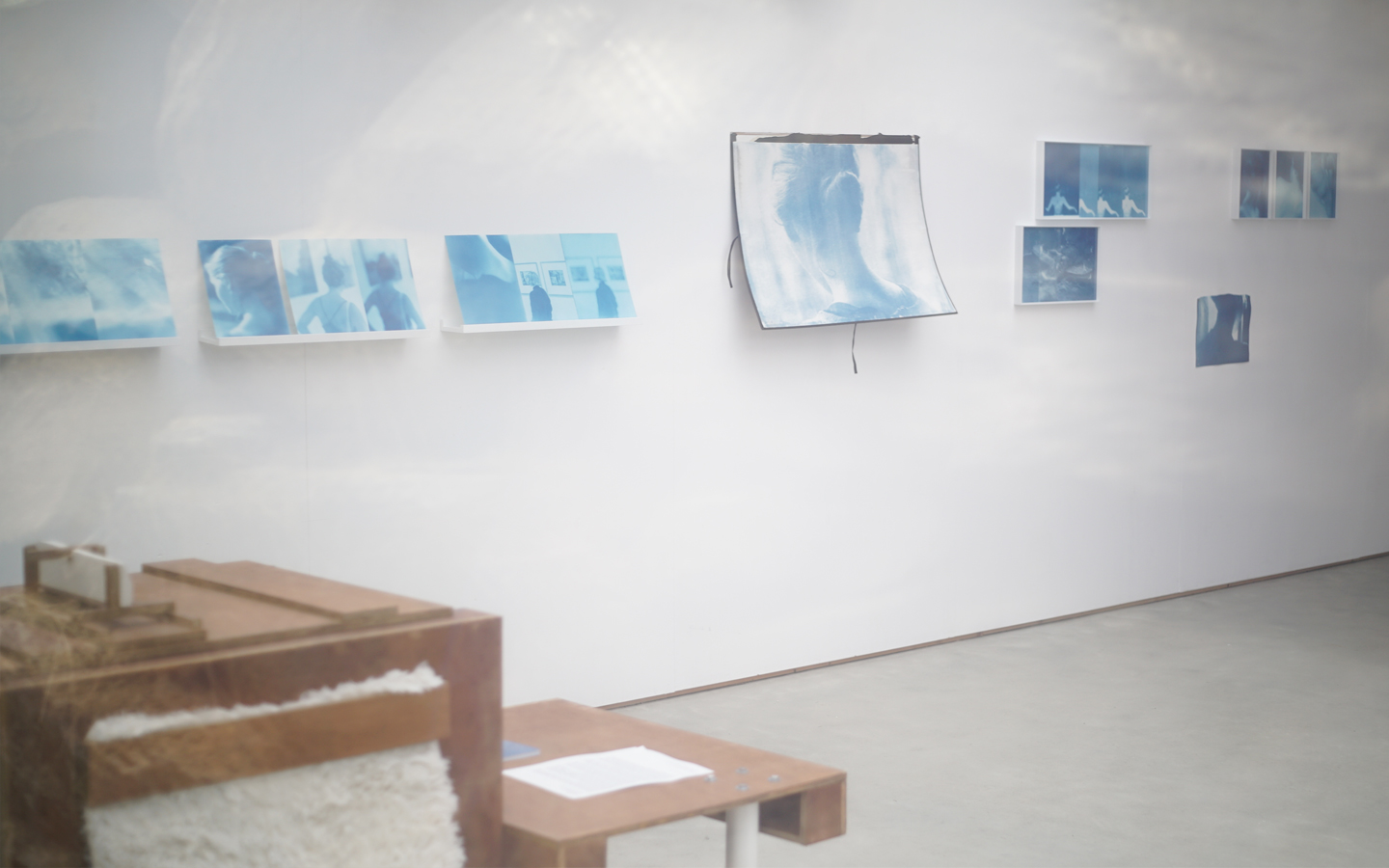 Exhibition view at Galerie des petits carreaux, Saint-Briac, France.
Exhibition view at Galerie des petits carreaux, Saint-Briac, France.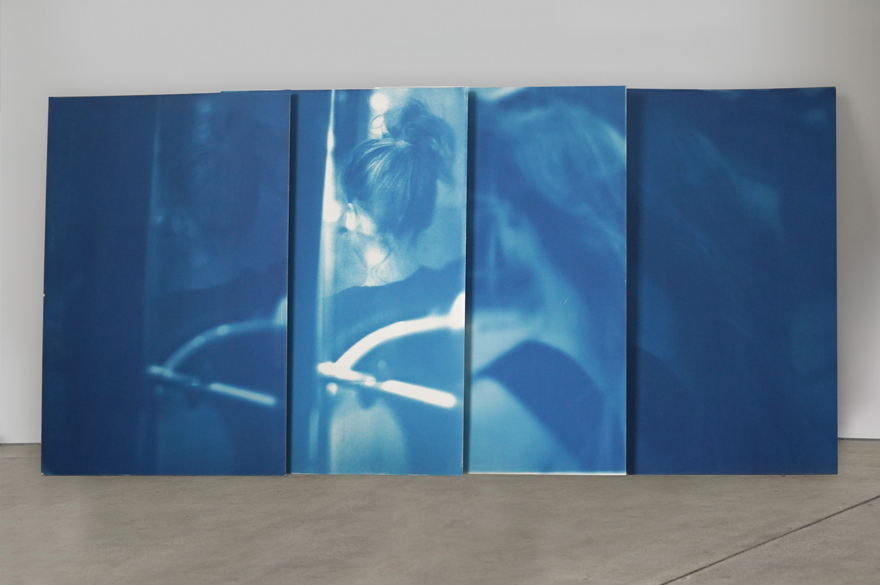 Cyanotype prints on boards, 250x120x30 cm, 2018.
Cyanotype prints on boards, 250x120x30 cm, 2018.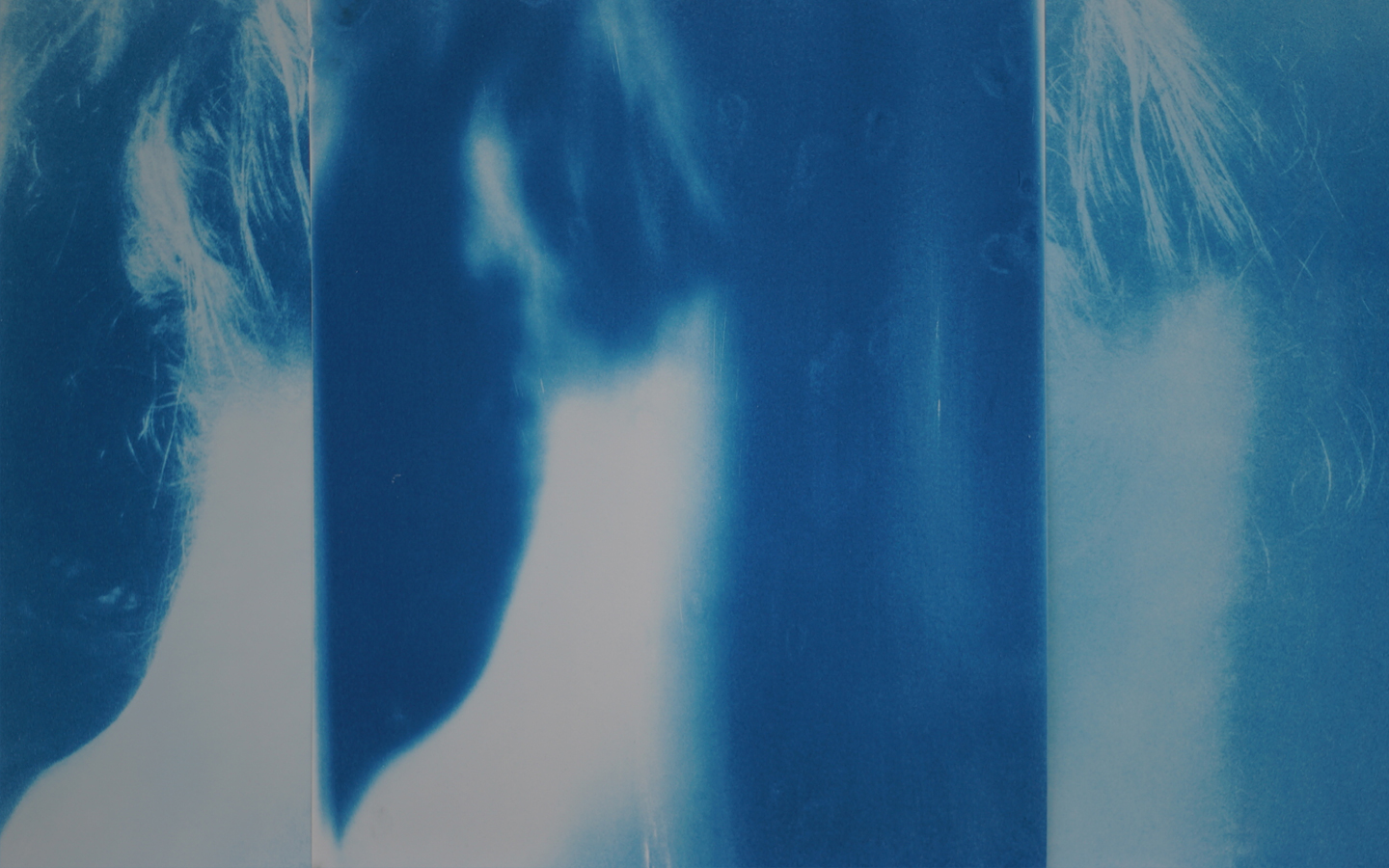 Cyanotype print, 60×28 cm, 2018.
Cyanotype print, 60×28 cm, 2018.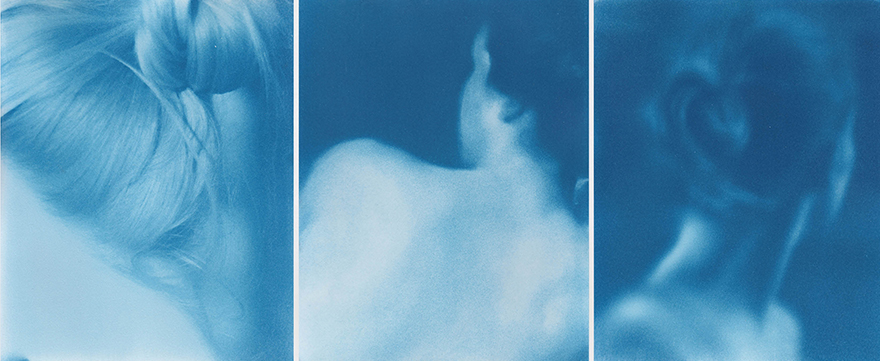 Cyanotype print, 60×20,5 cm, 2018.
Cyanotype print, 60×20,5 cm, 2018.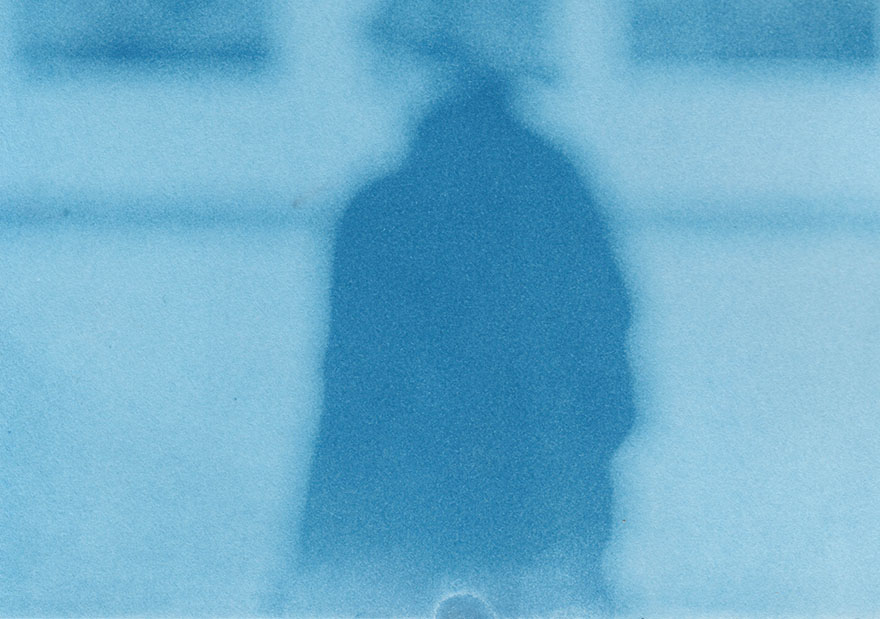
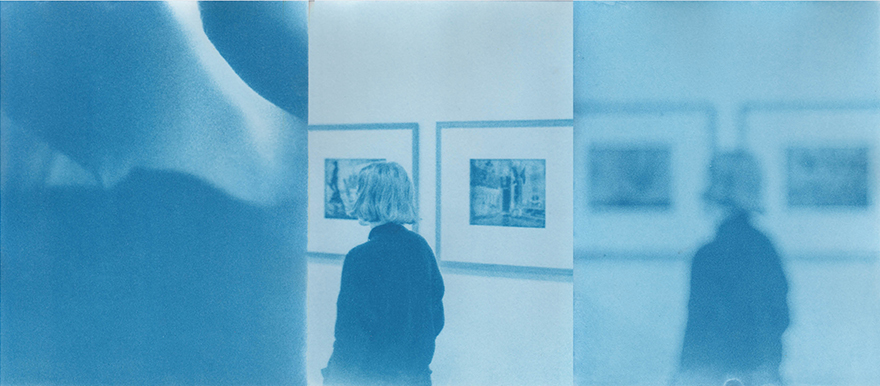 Cyanotype print, 60×20,5 cm, 2018.
Cyanotype print, 60×20,5 cm, 2018.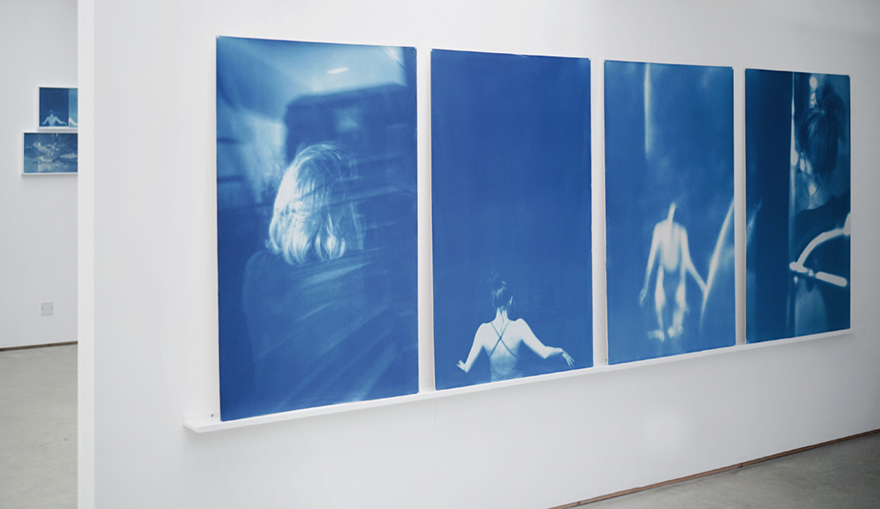 Exhibition view at Galerie des petits carreaux, Saint-Briac, France.
Exhibition view at Galerie des petits carreaux, Saint-Briac, France.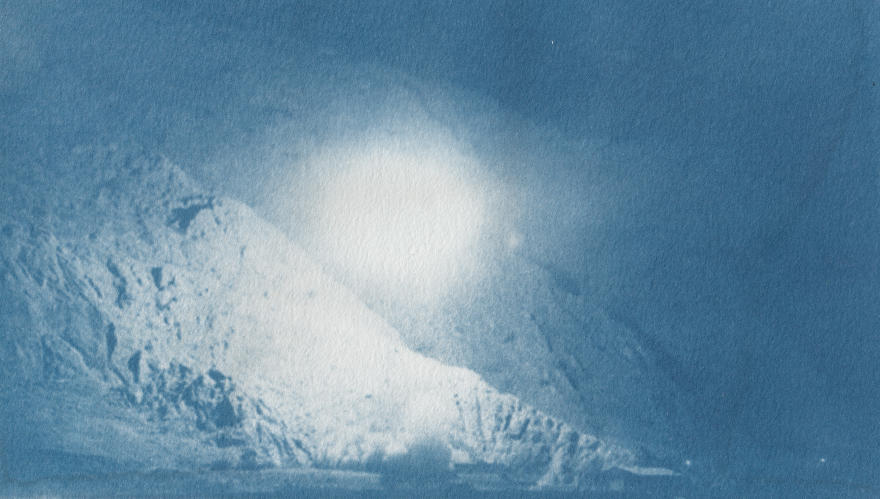
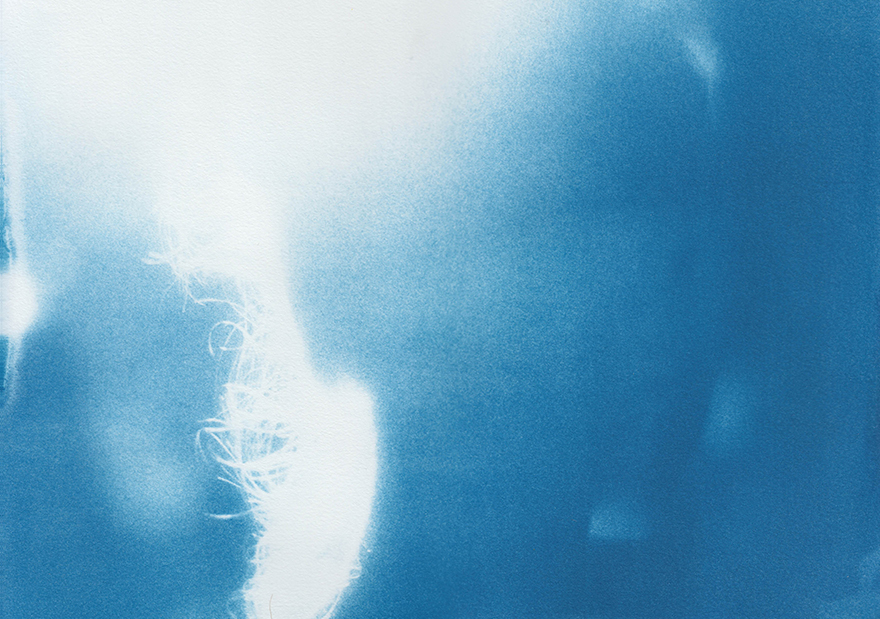 Cyanotype print on 5mm cardboard, 120×80 cm, 2018.
Cyanotype print on 5mm cardboard, 120×80 cm, 2018.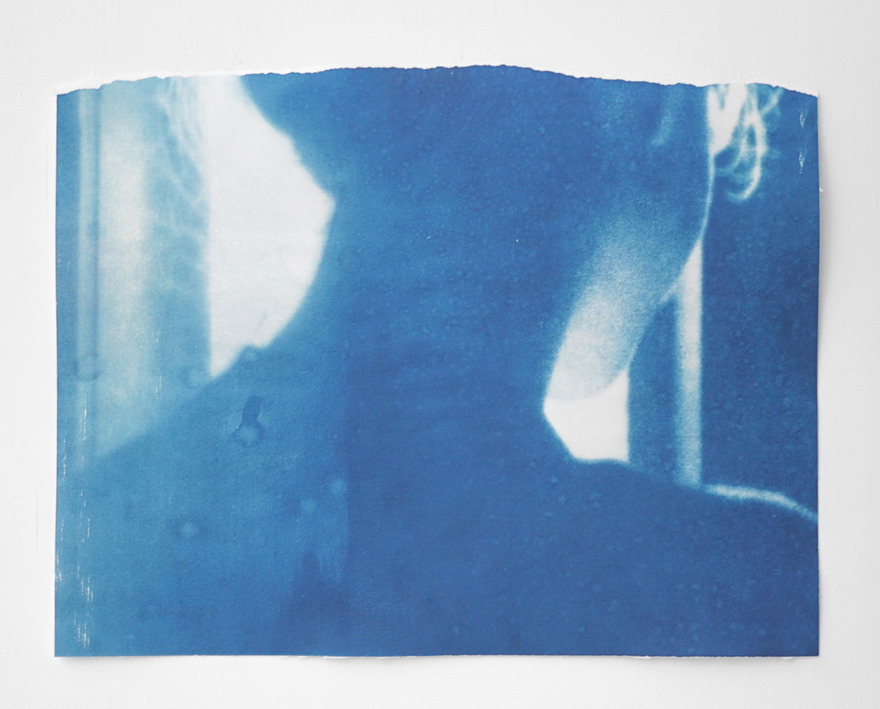 Cyanotype print, 30×21 cm, 2018.
Cyanotype print, 30×21 cm, 2018.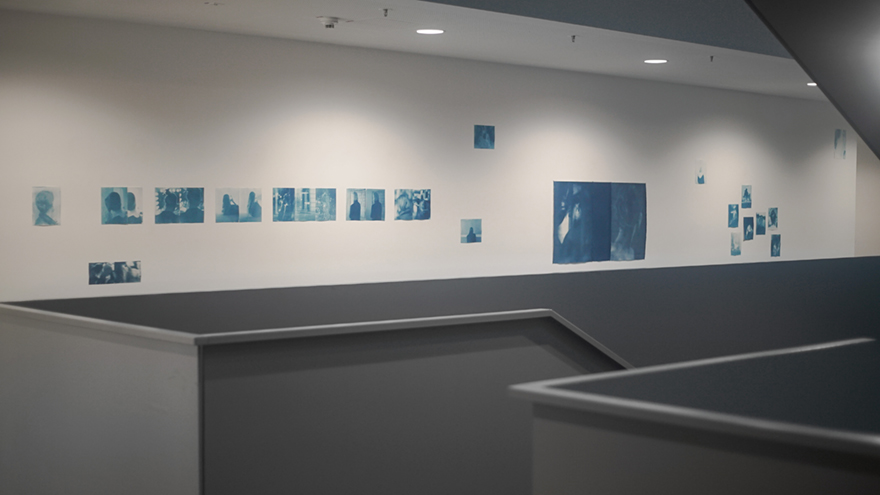 Exhibition view at Galerie 52, Folkwang-Uni, Essen, Germany.
Exhibition view at Galerie 52, Folkwang-Uni, Essen, Germany.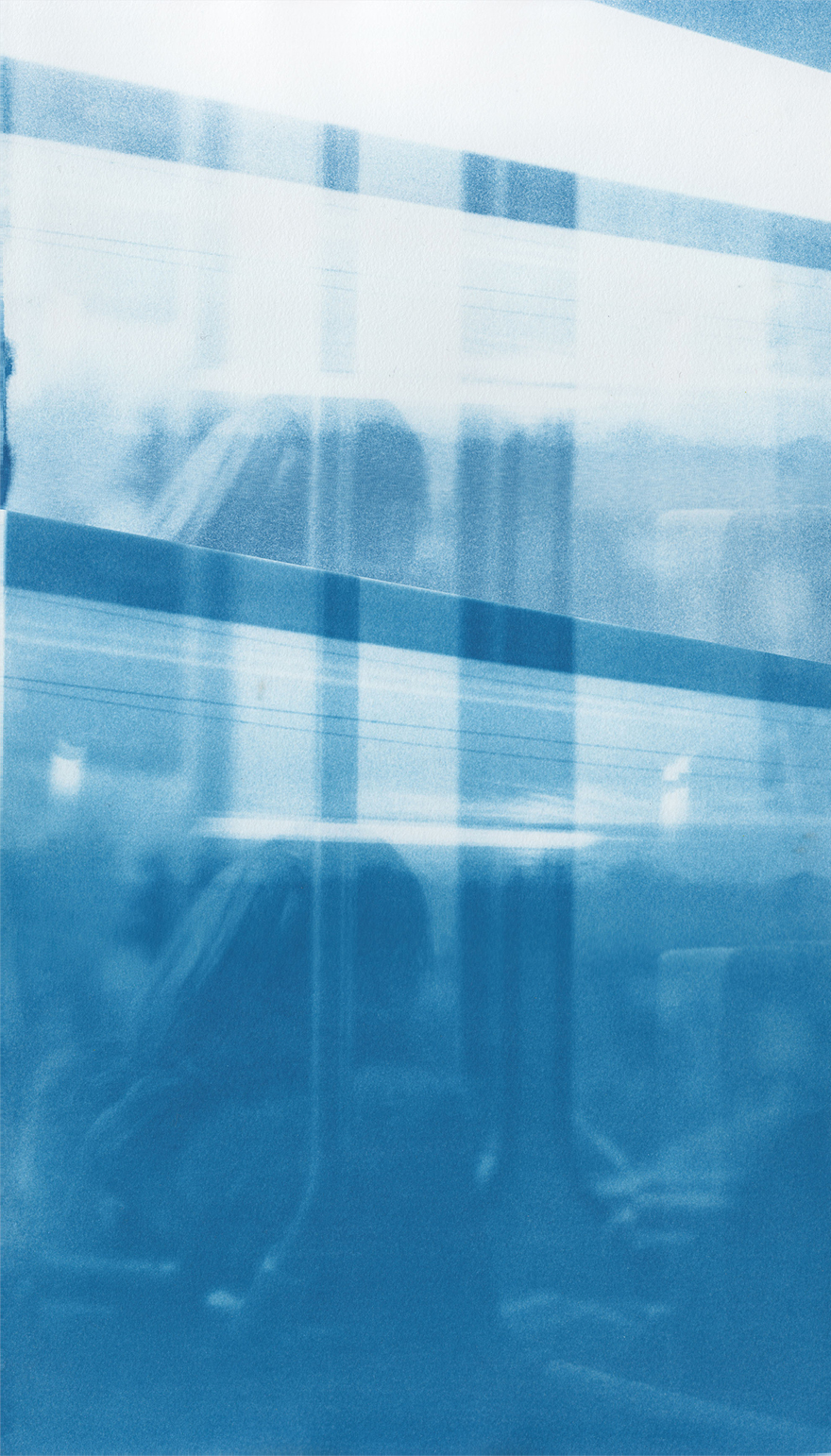 Cyanotype print, 28×50 cm, 2018.
Cyanotype print, 28×50 cm, 2018.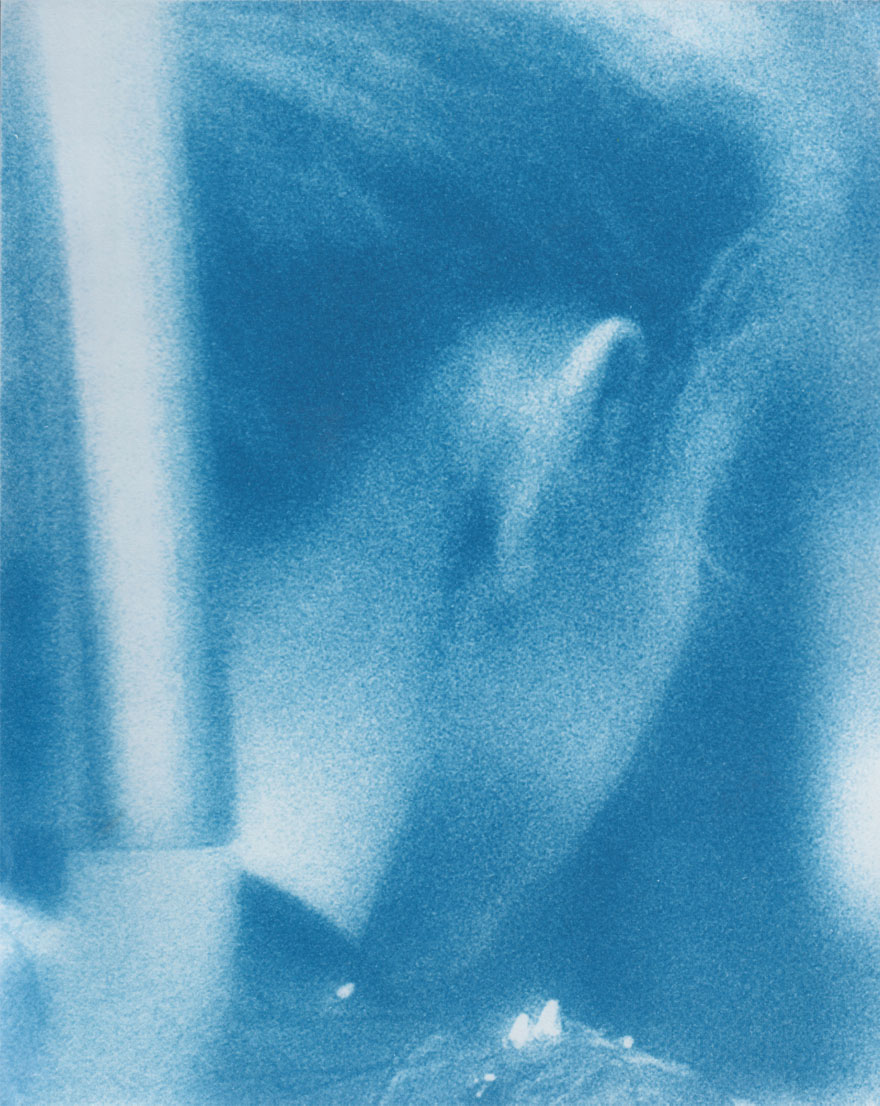 Cyanotype print, 20,5×16 cm, 2018.
Cyanotype print, 20,5×16 cm, 2018.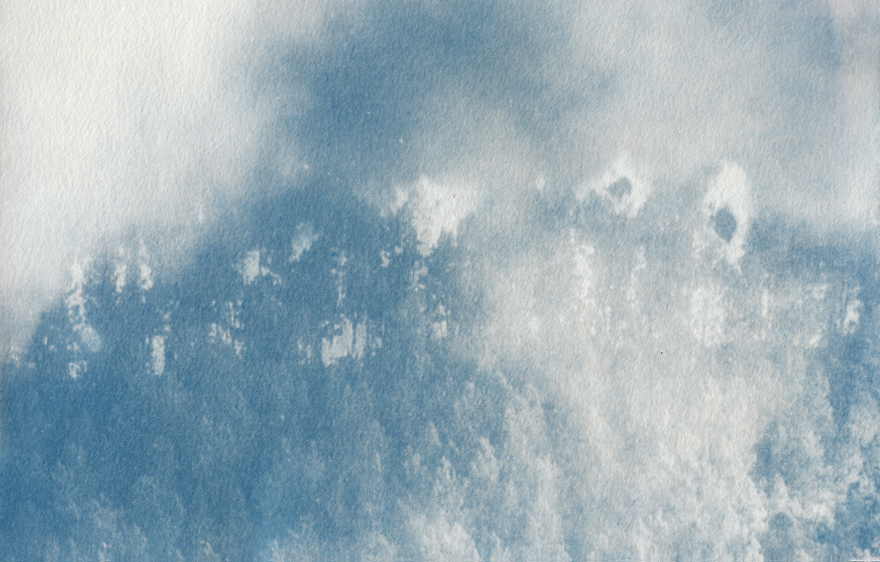 Cyanotype print, 20×350 cm, 2018.
Cyanotype print, 20×350 cm, 2018.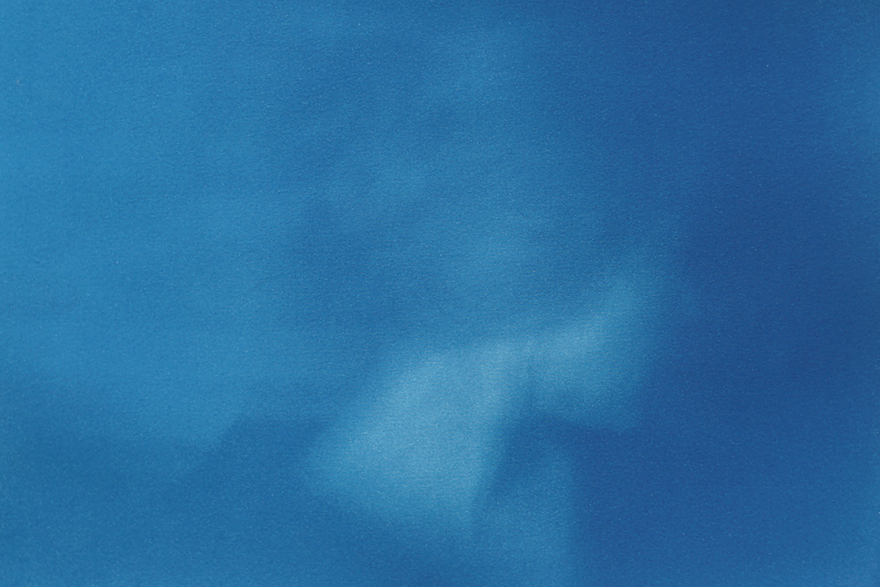
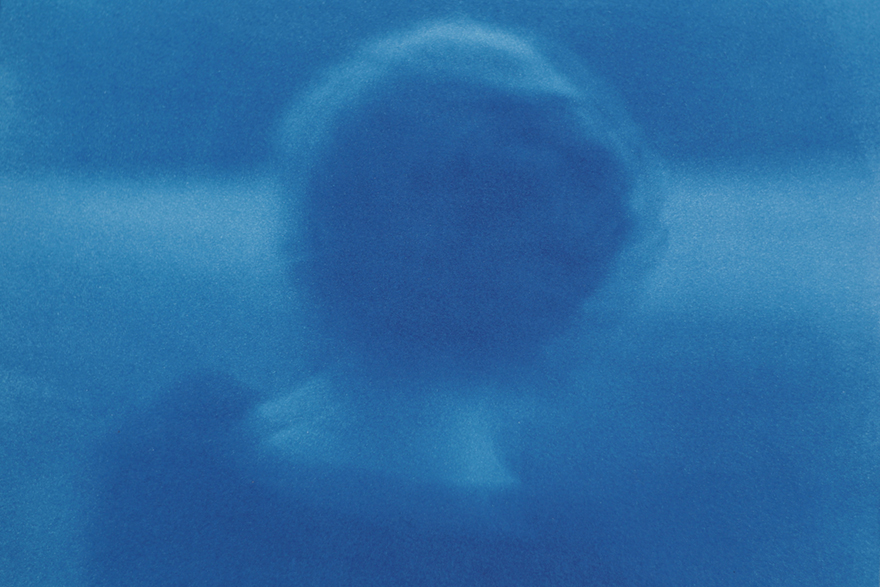
 Exhibition view at Galerie des petits carreaux, Saint-Briac, France.
Exhibition view at Galerie des petits carreaux, Saint-Briac, France.